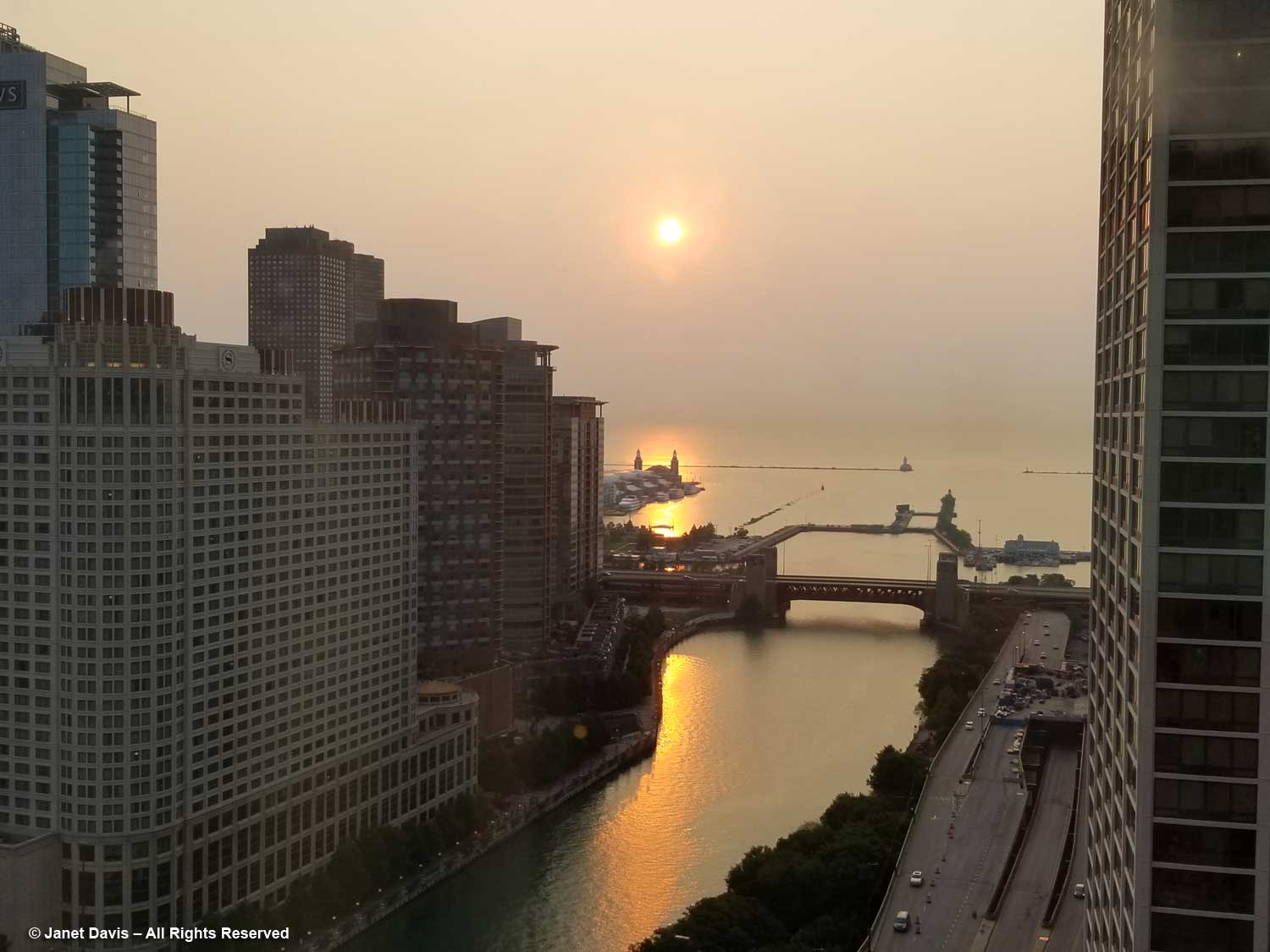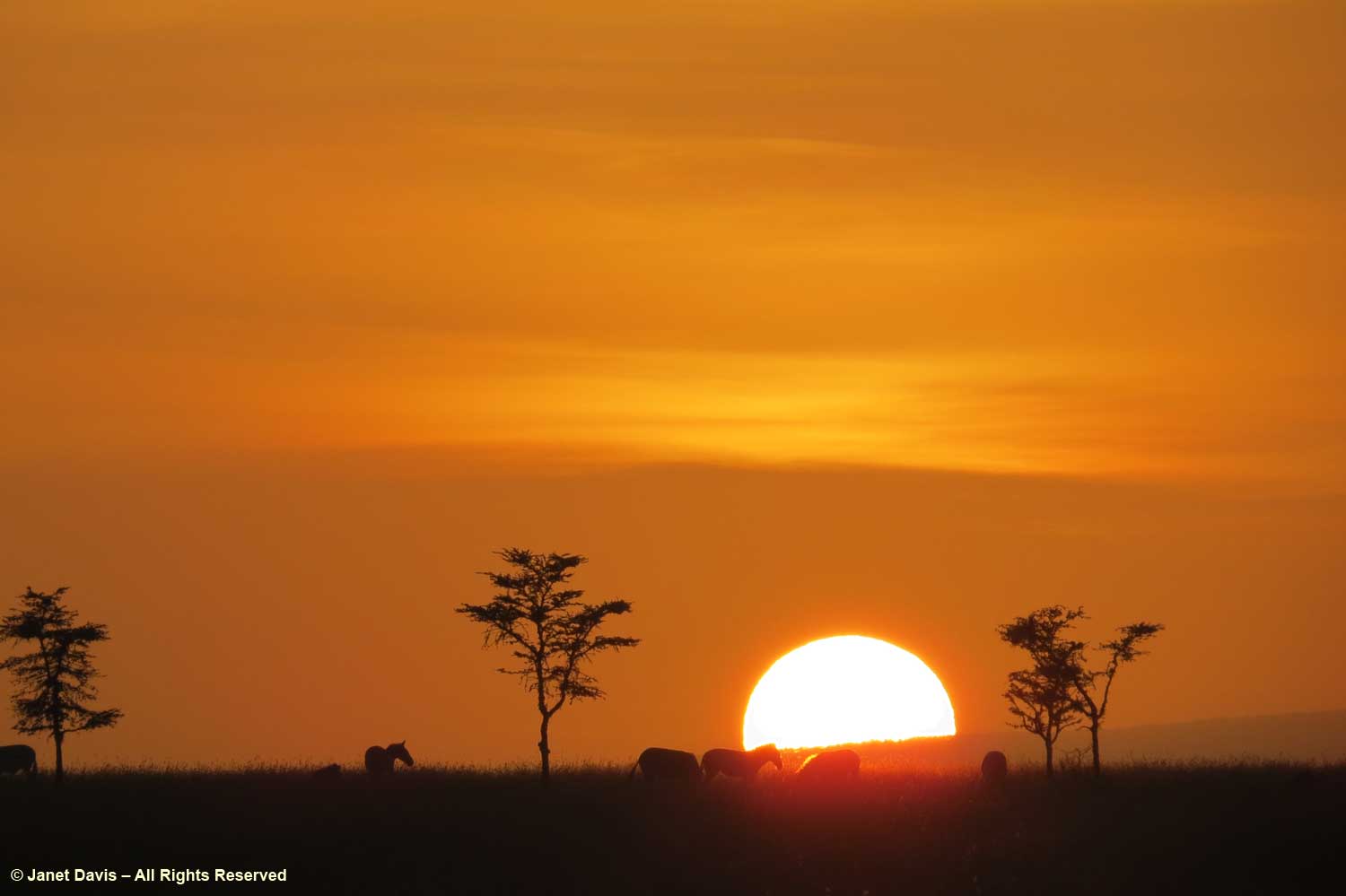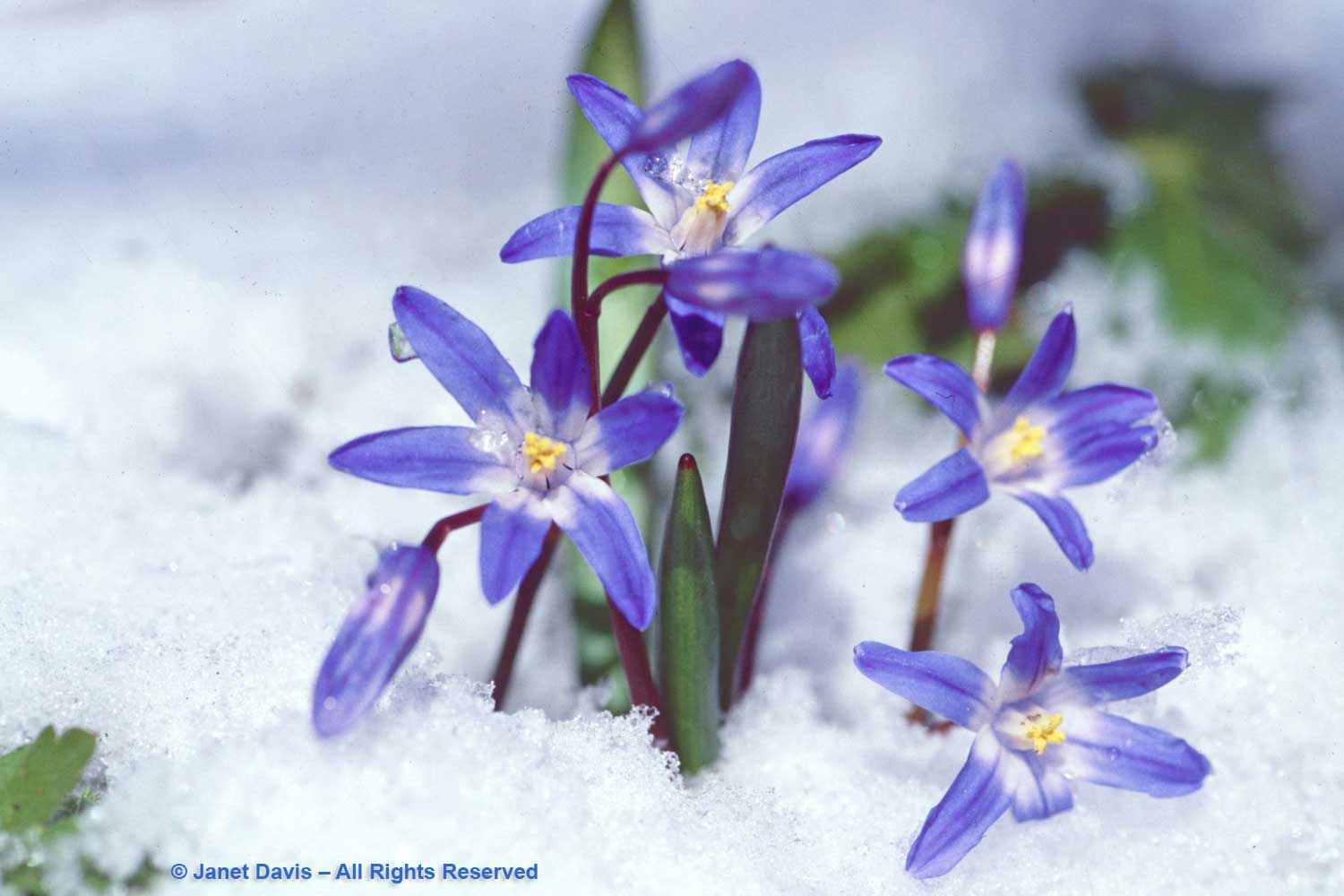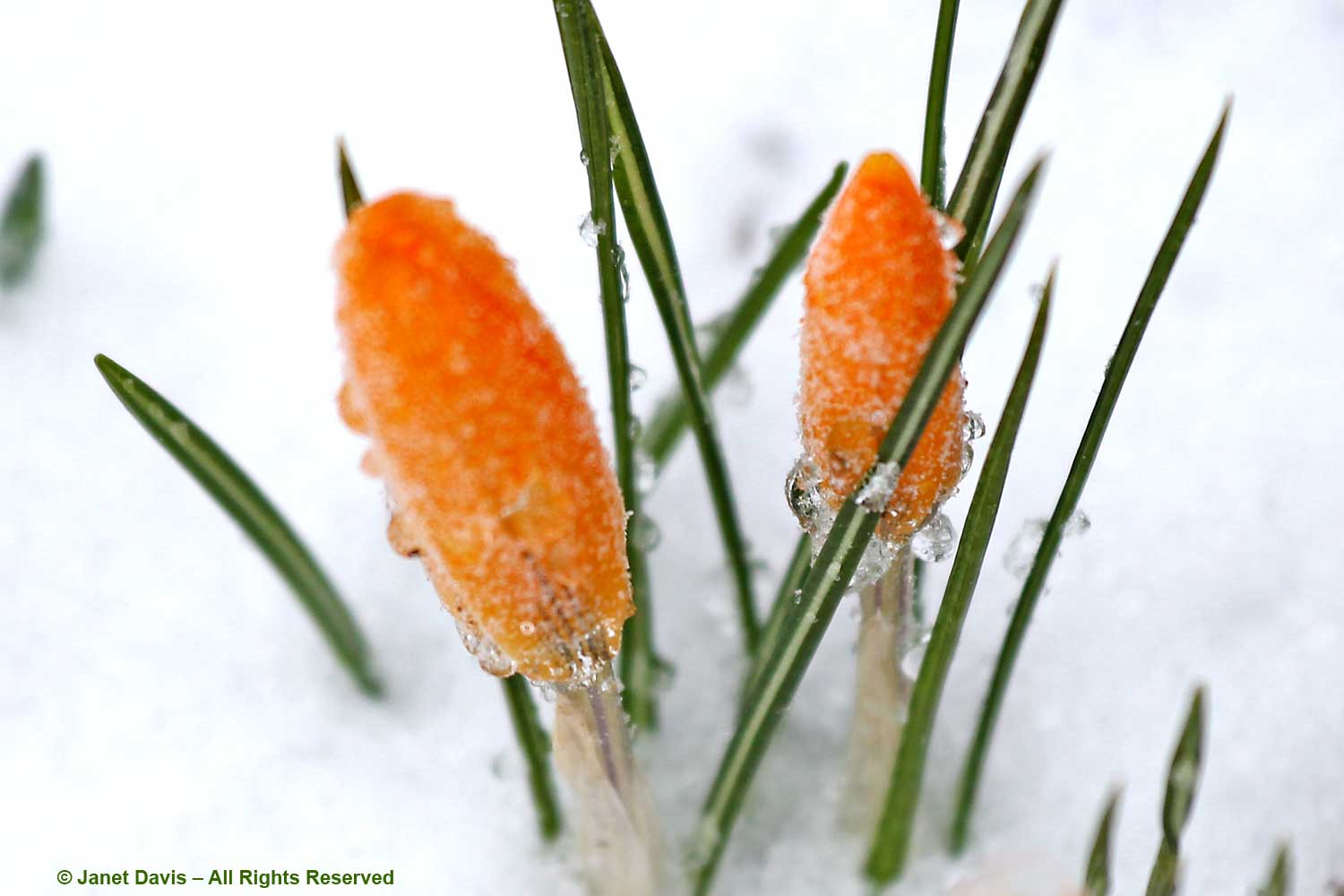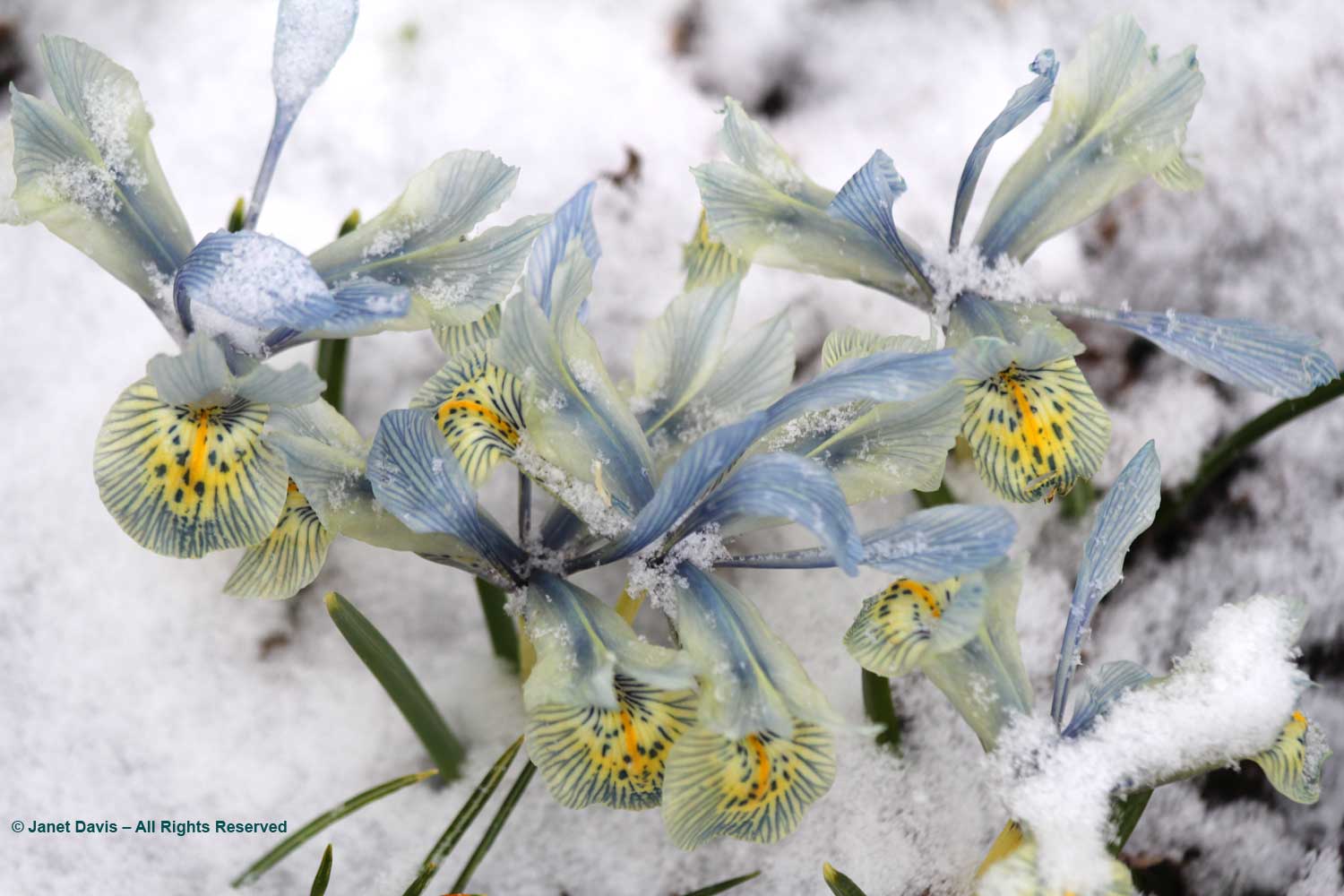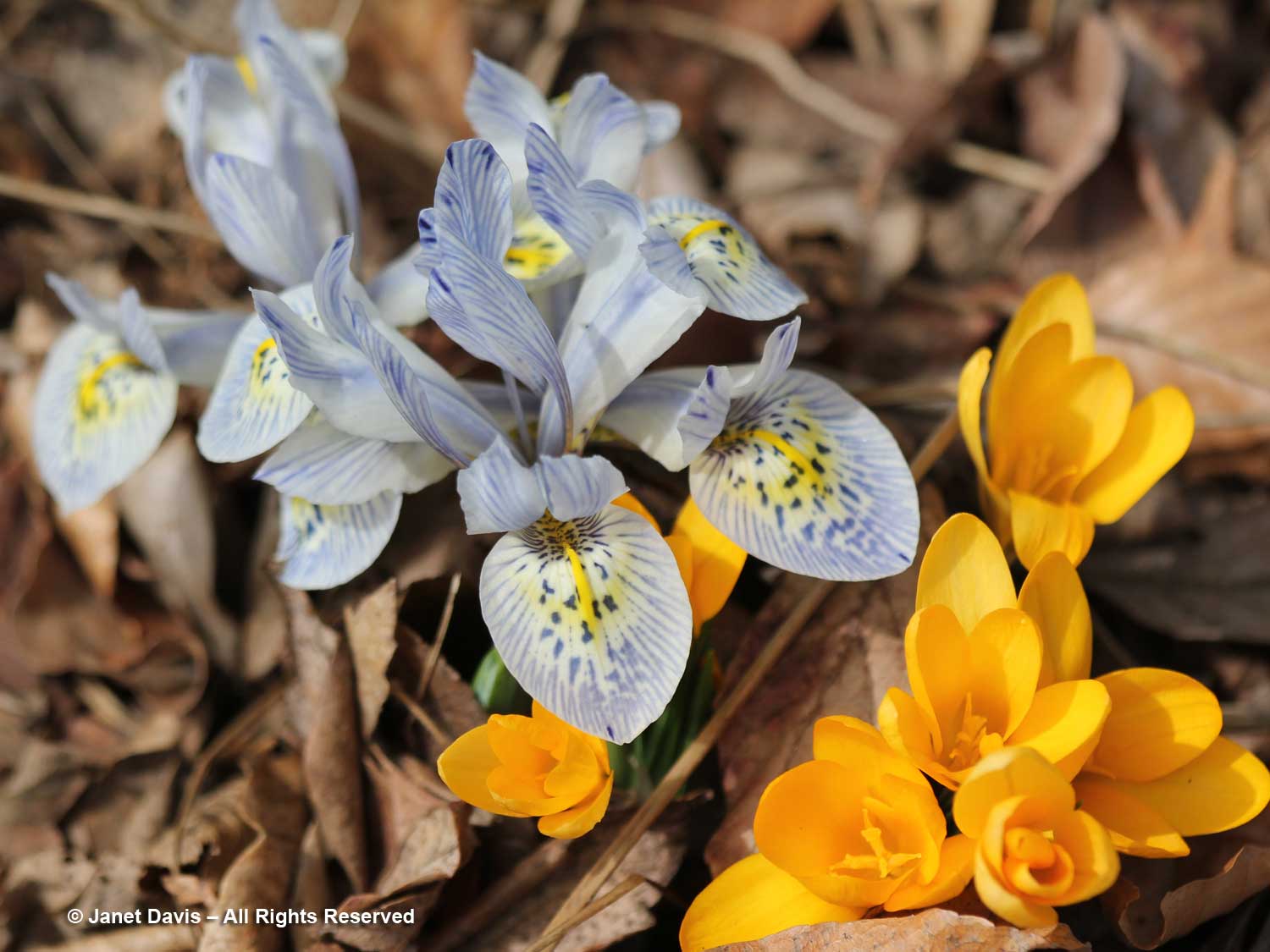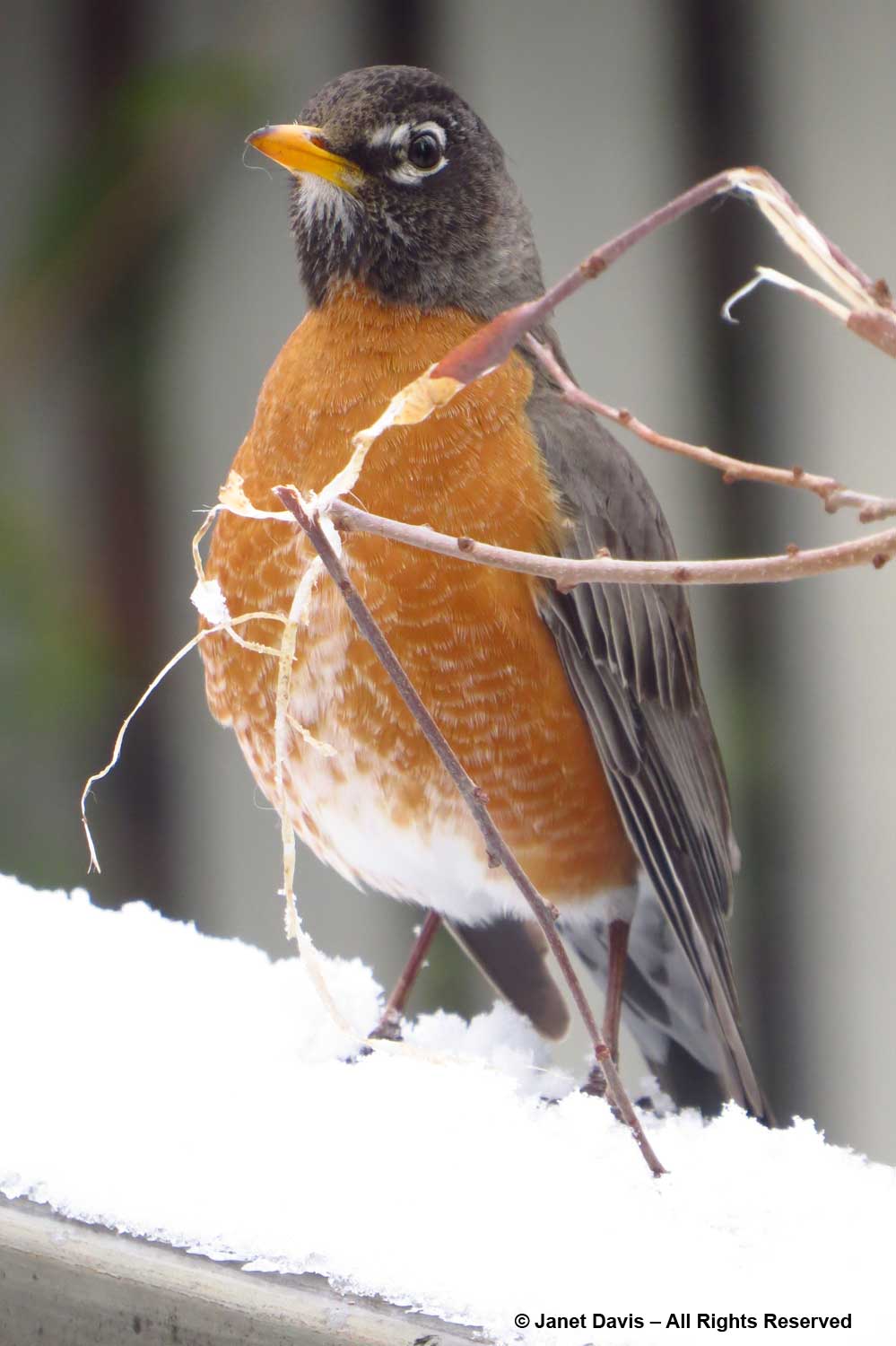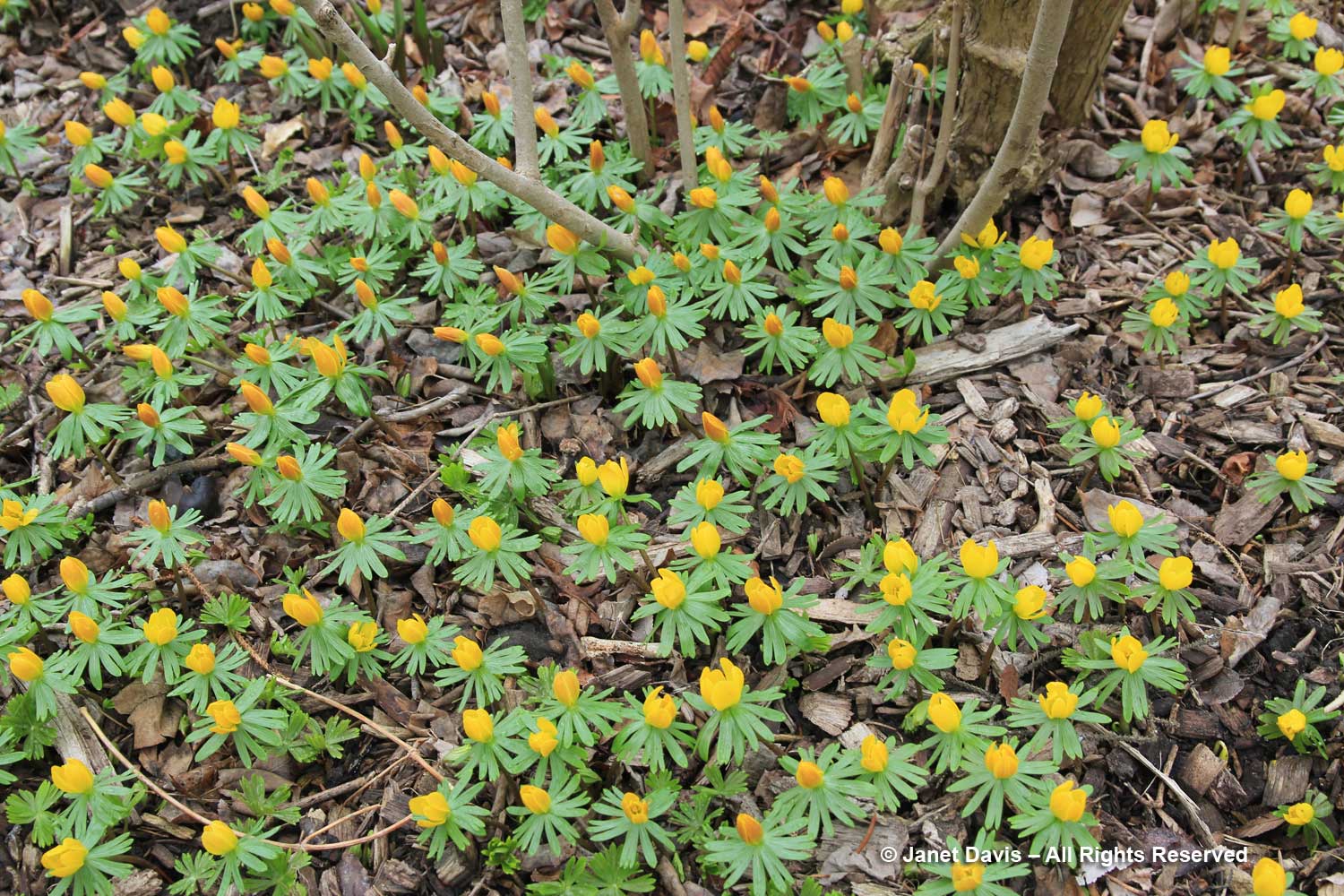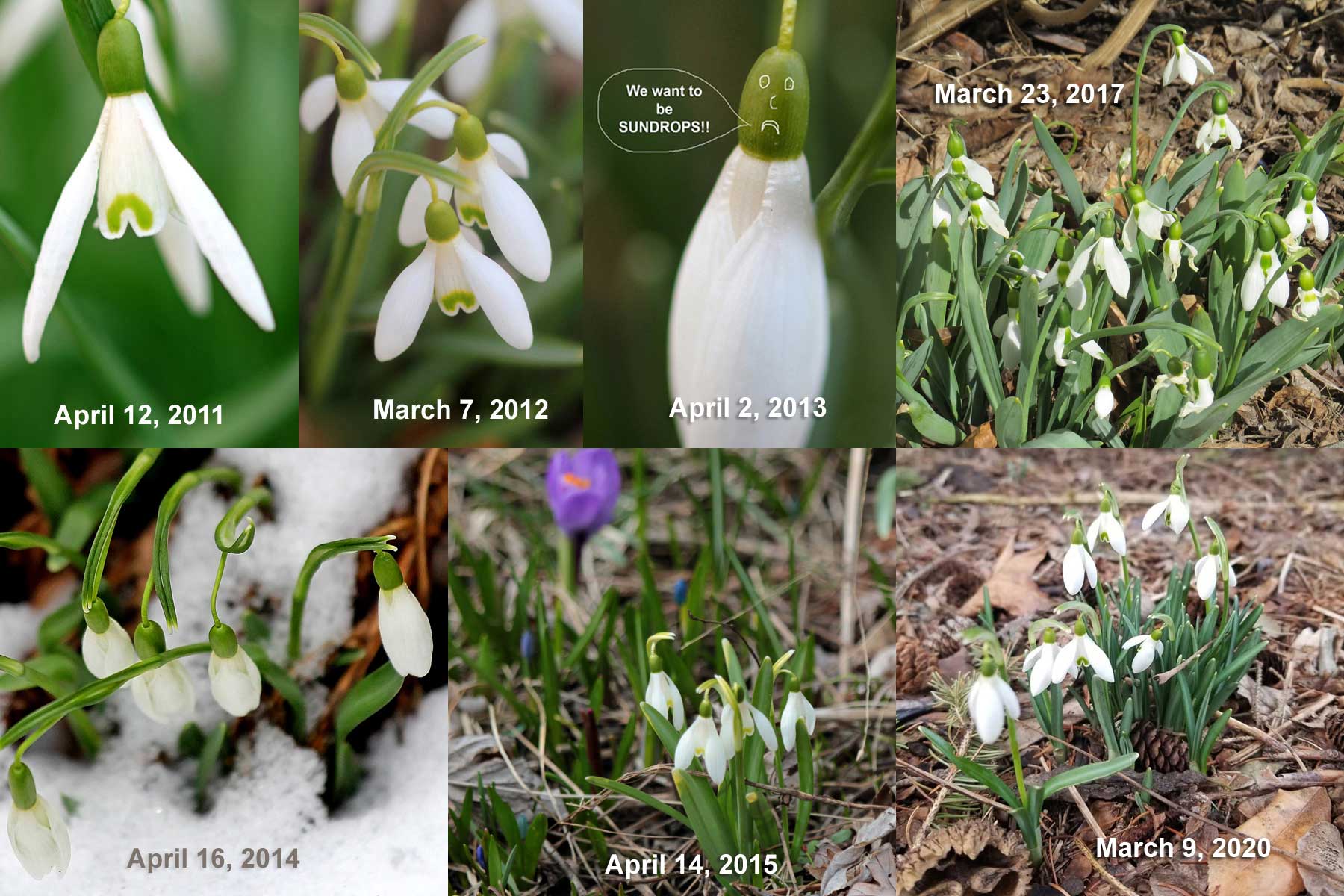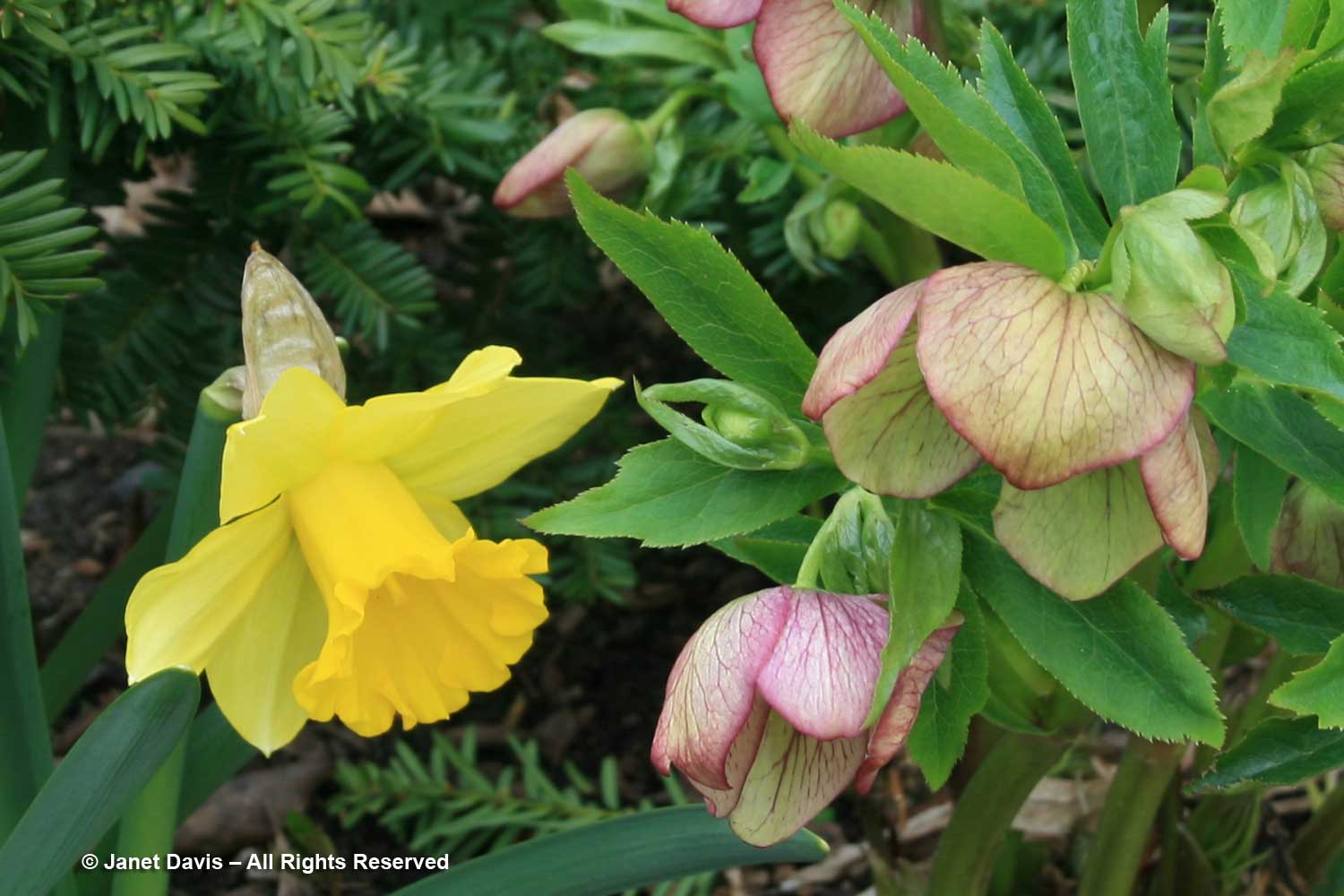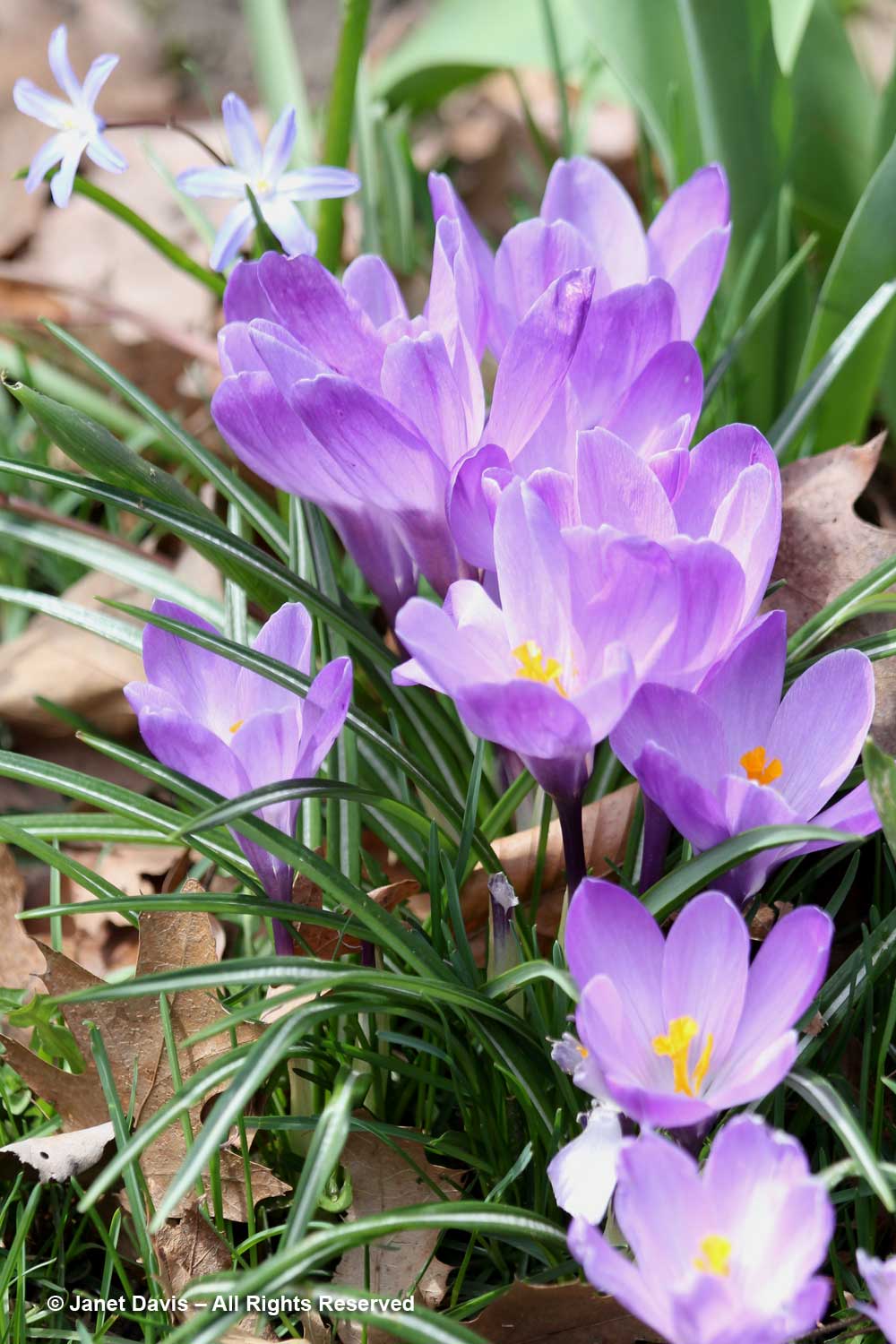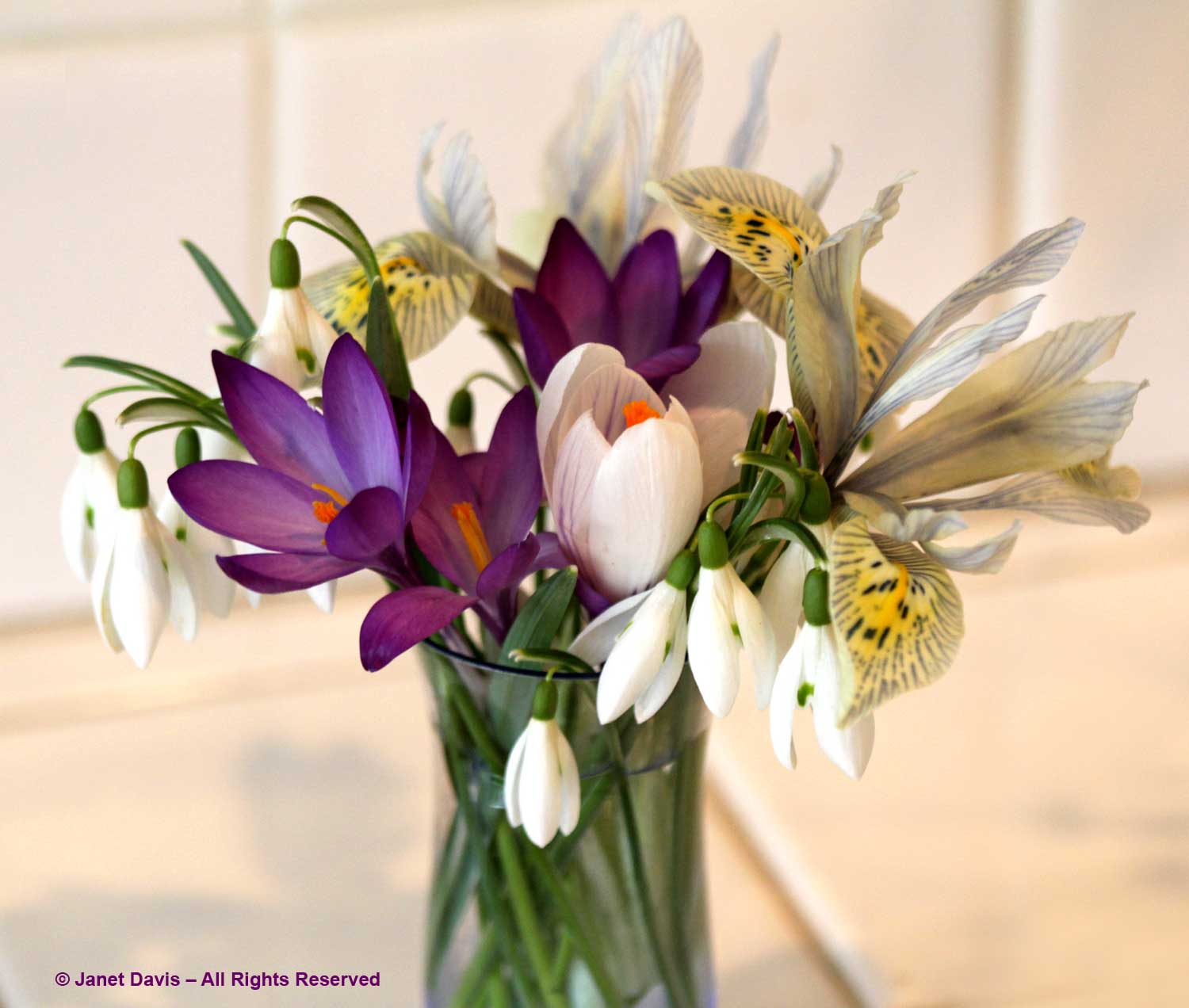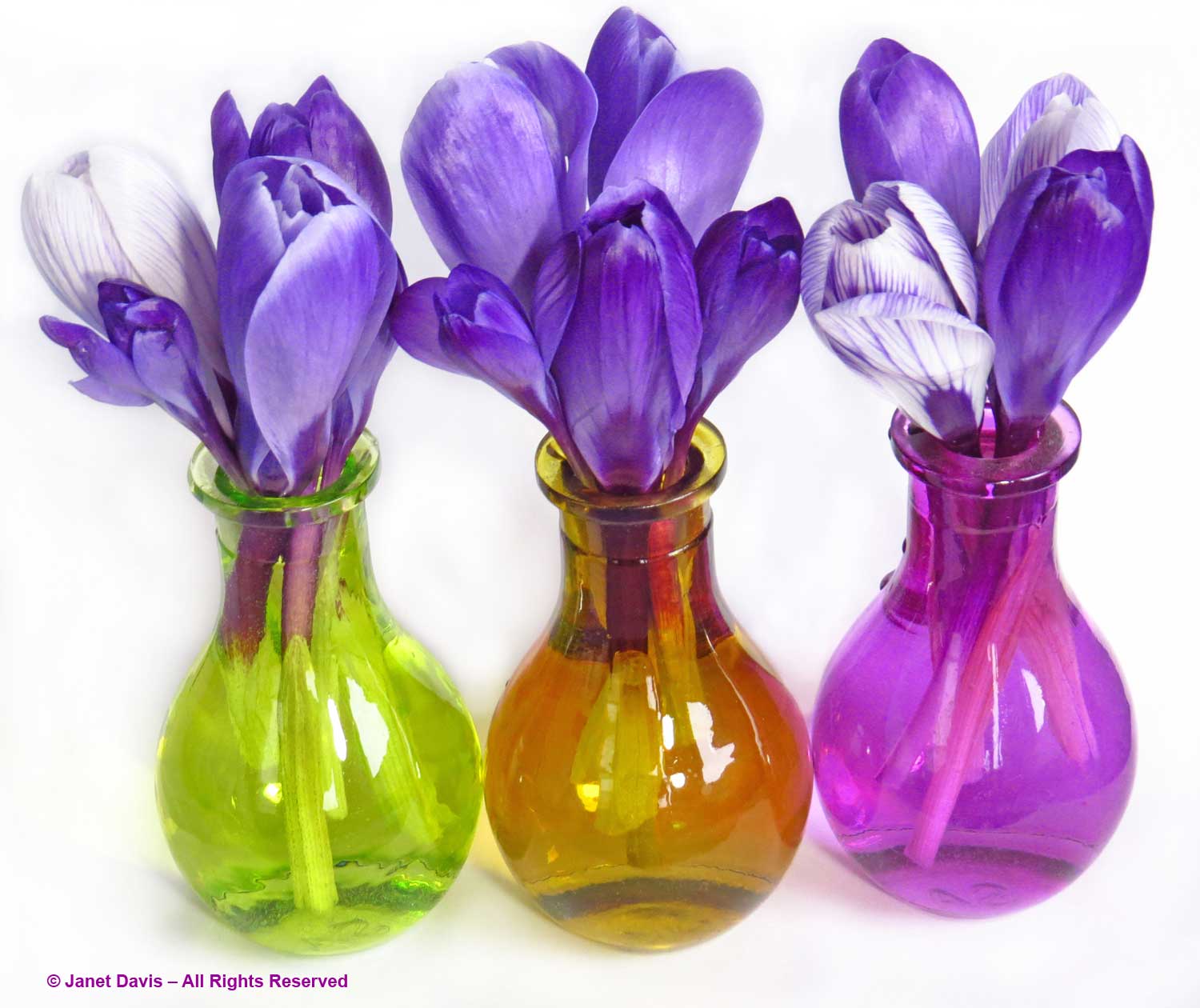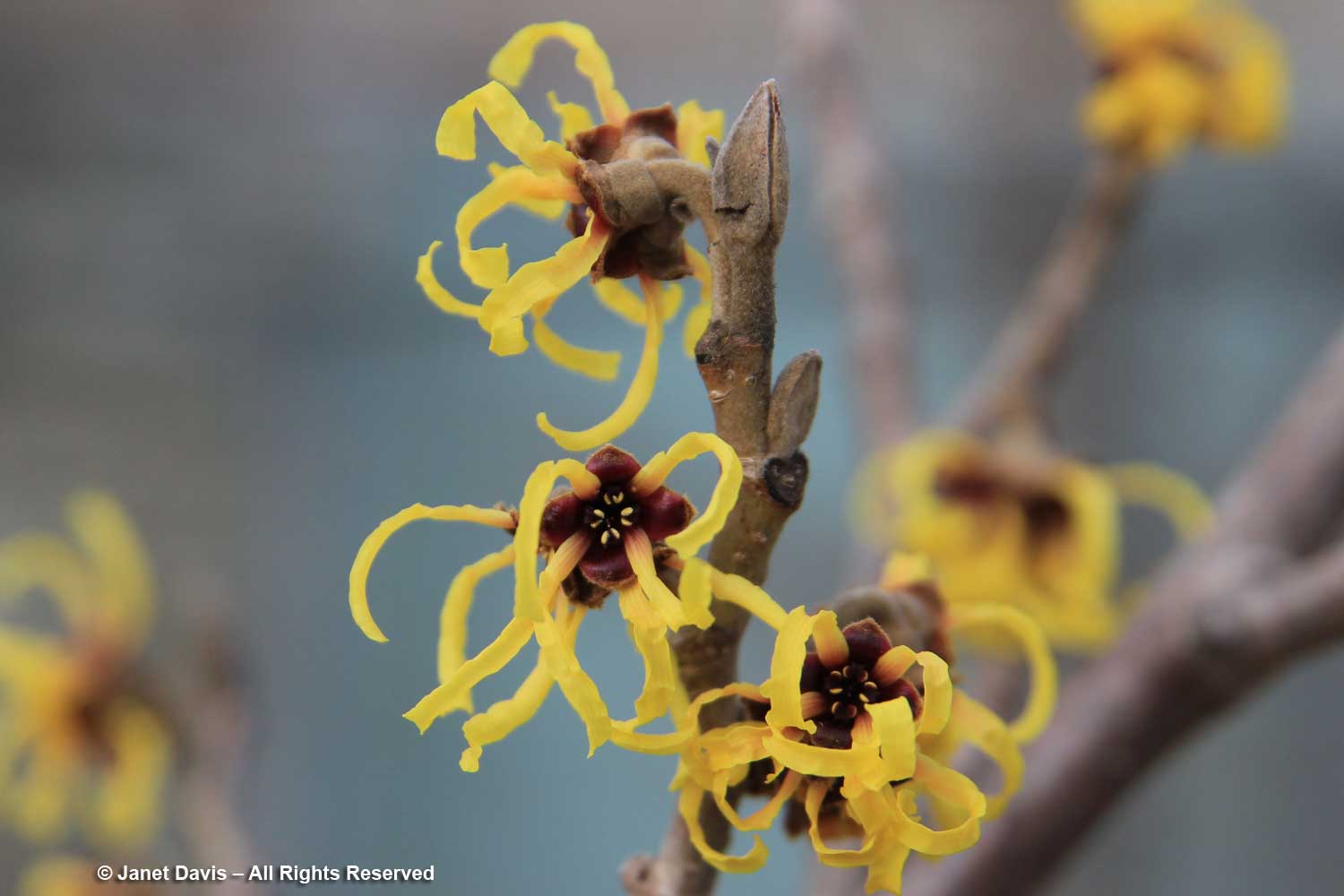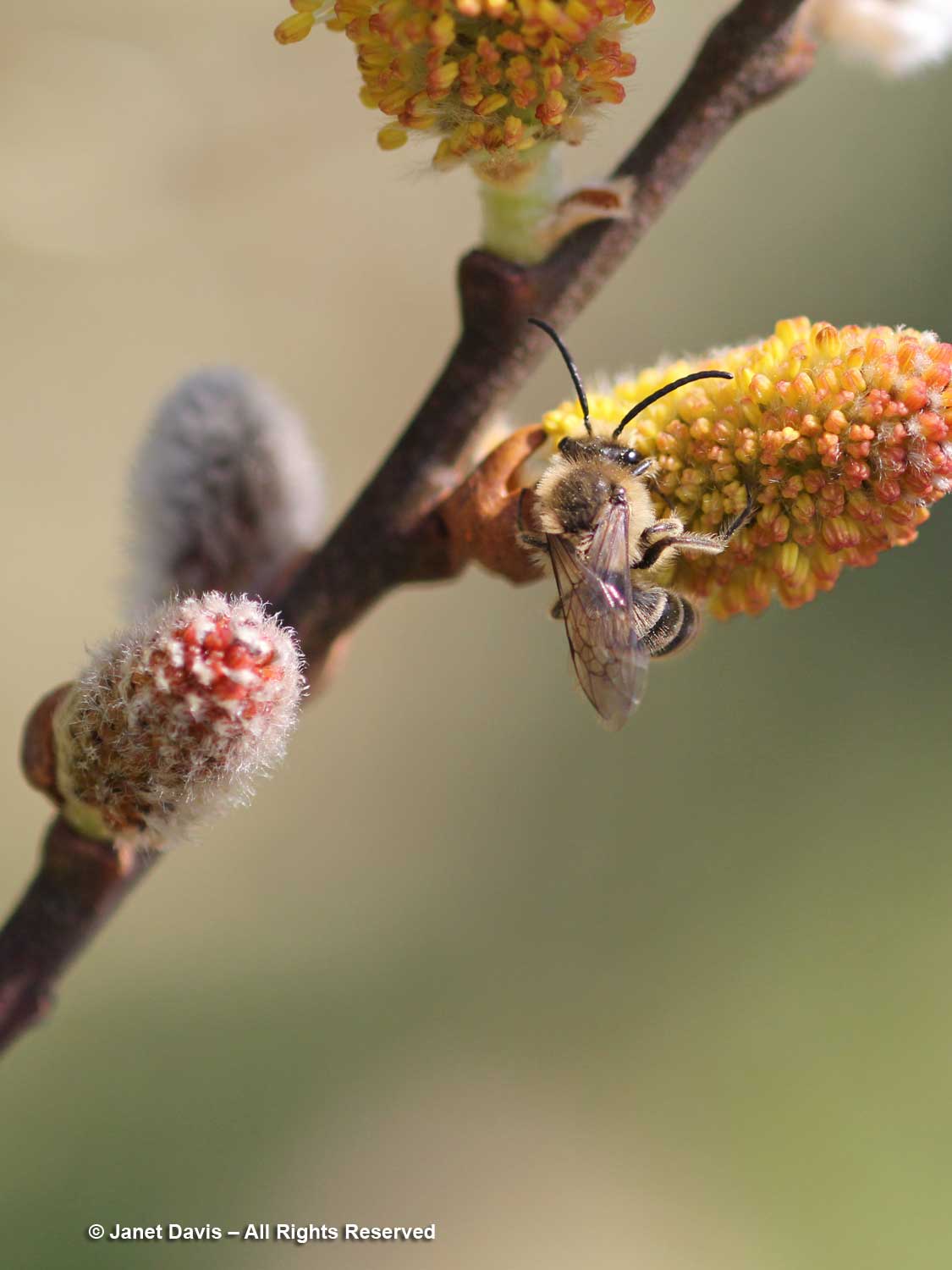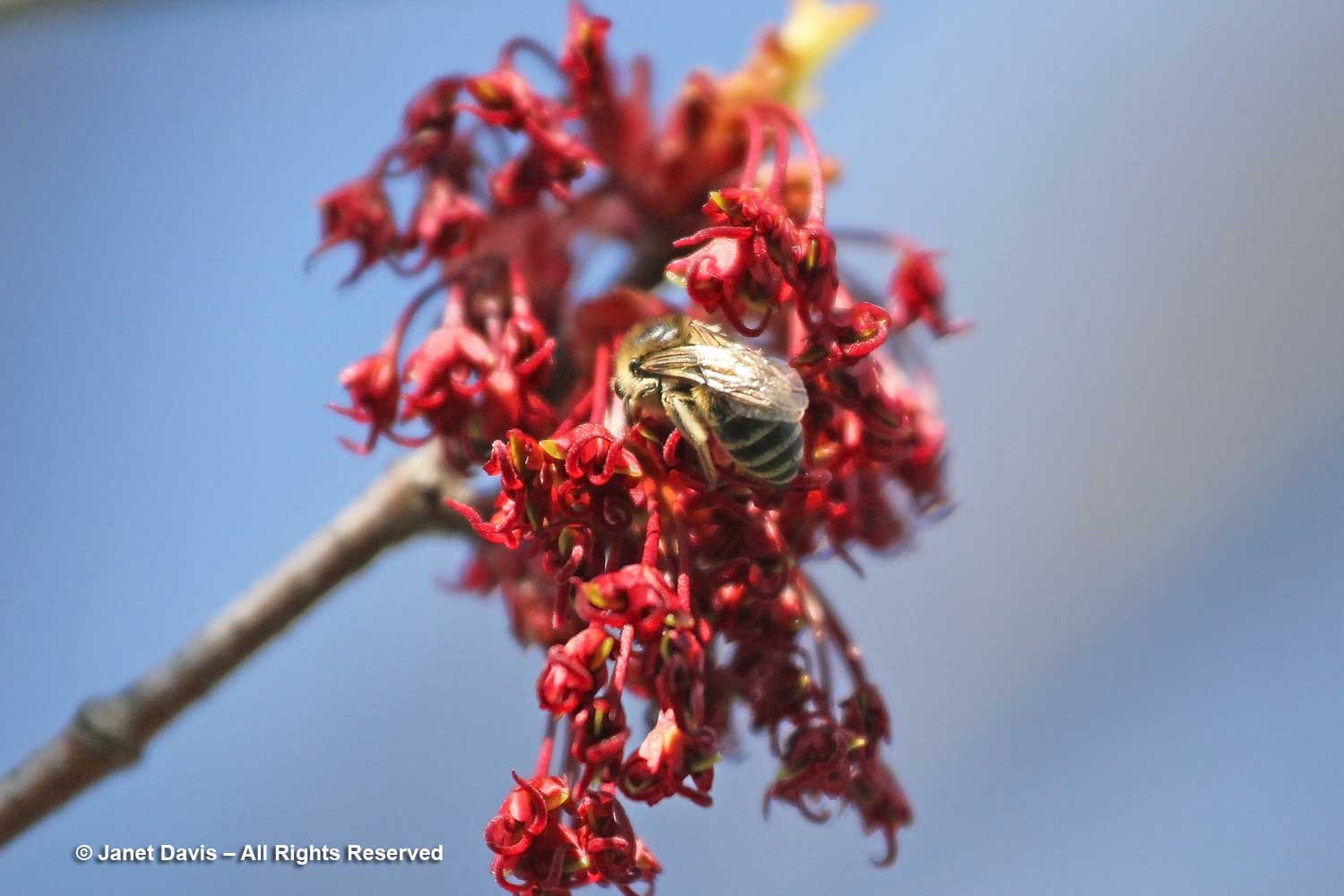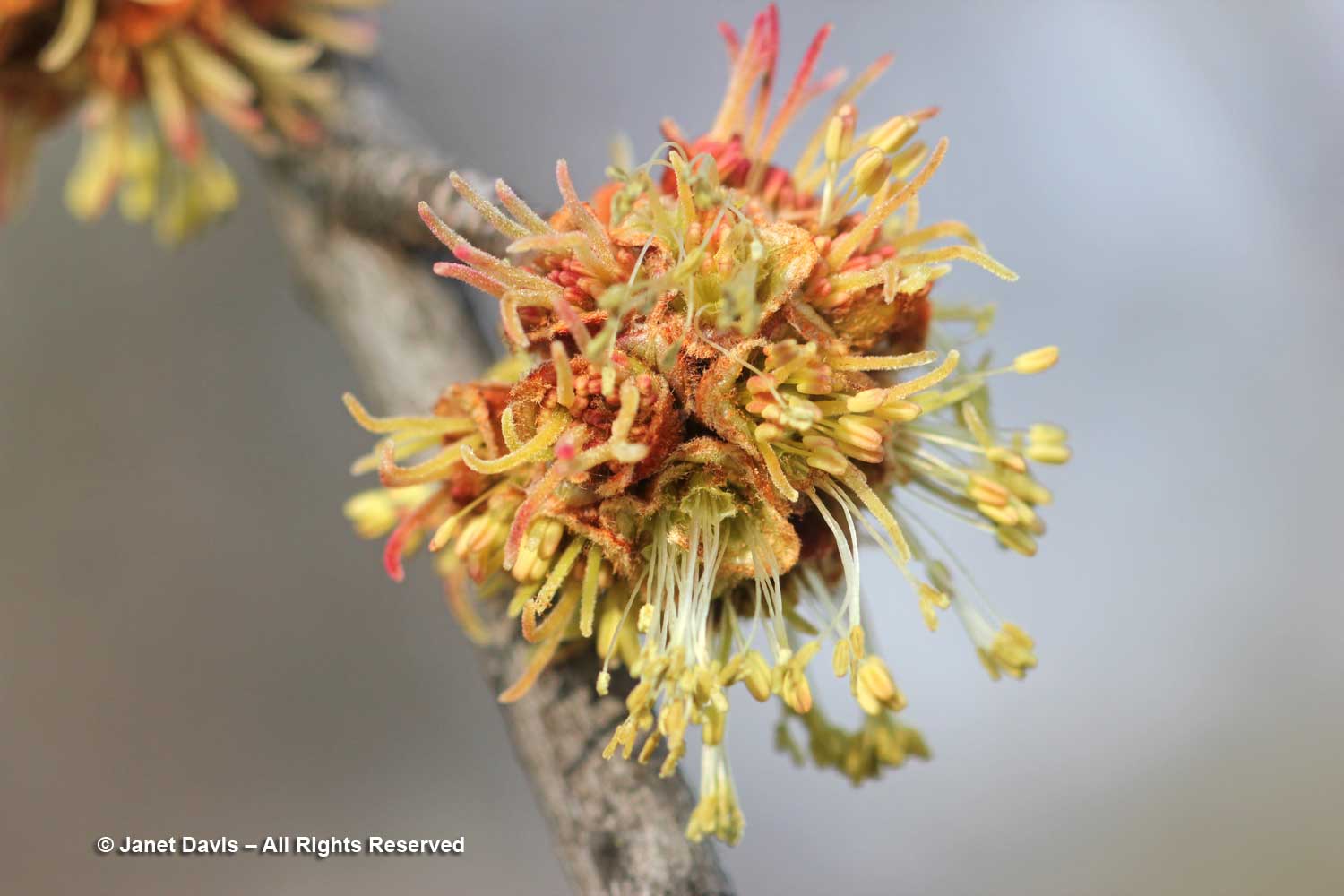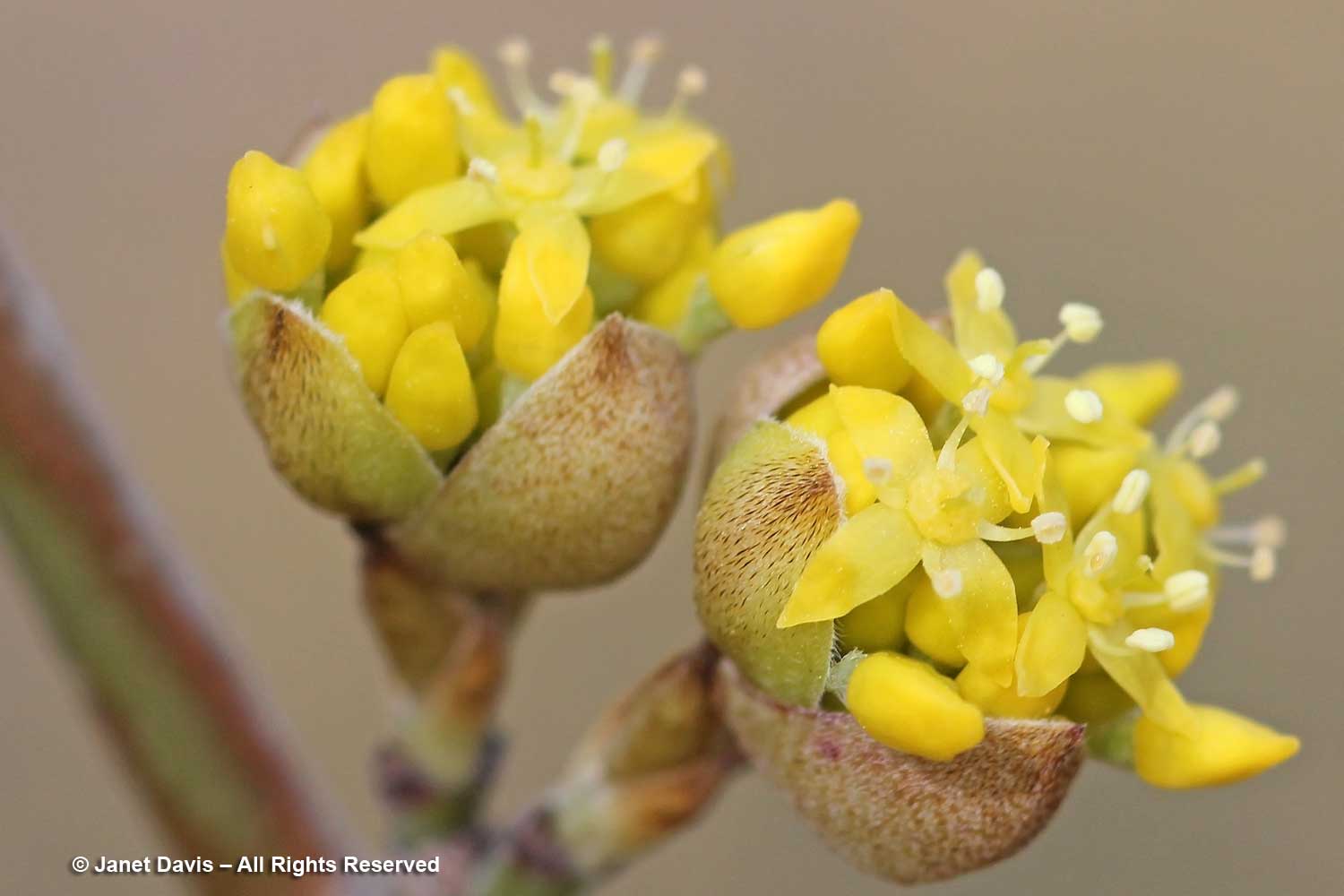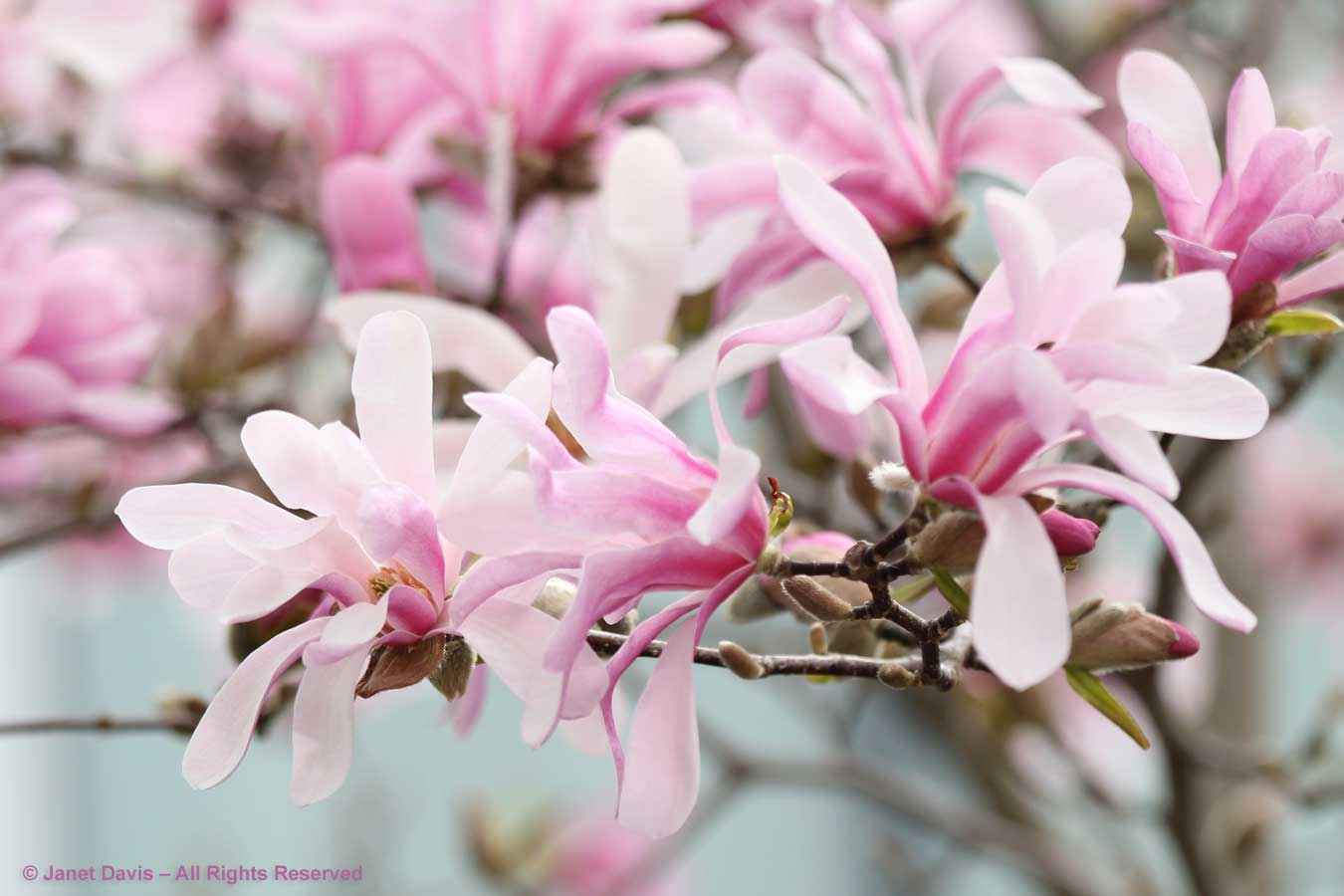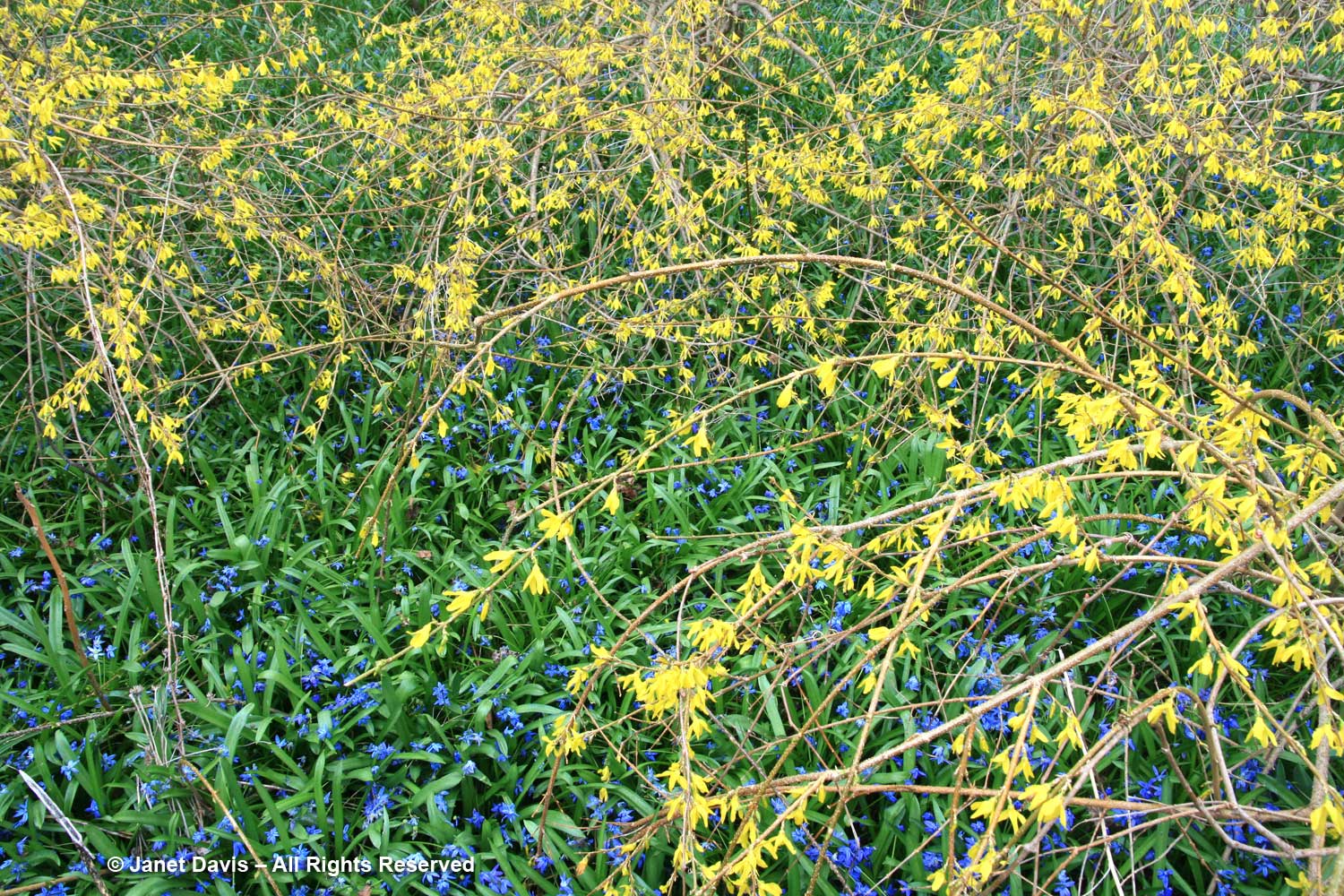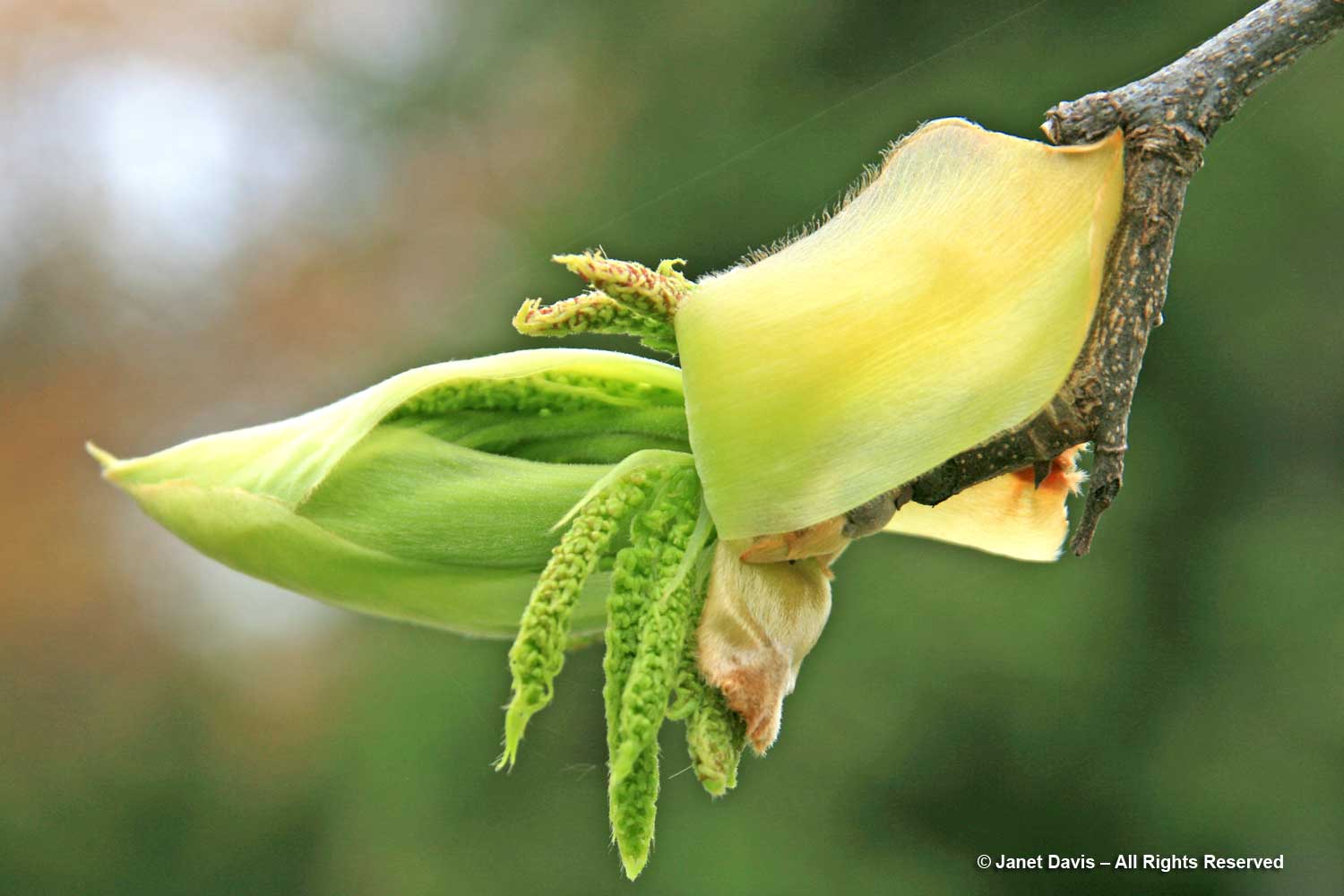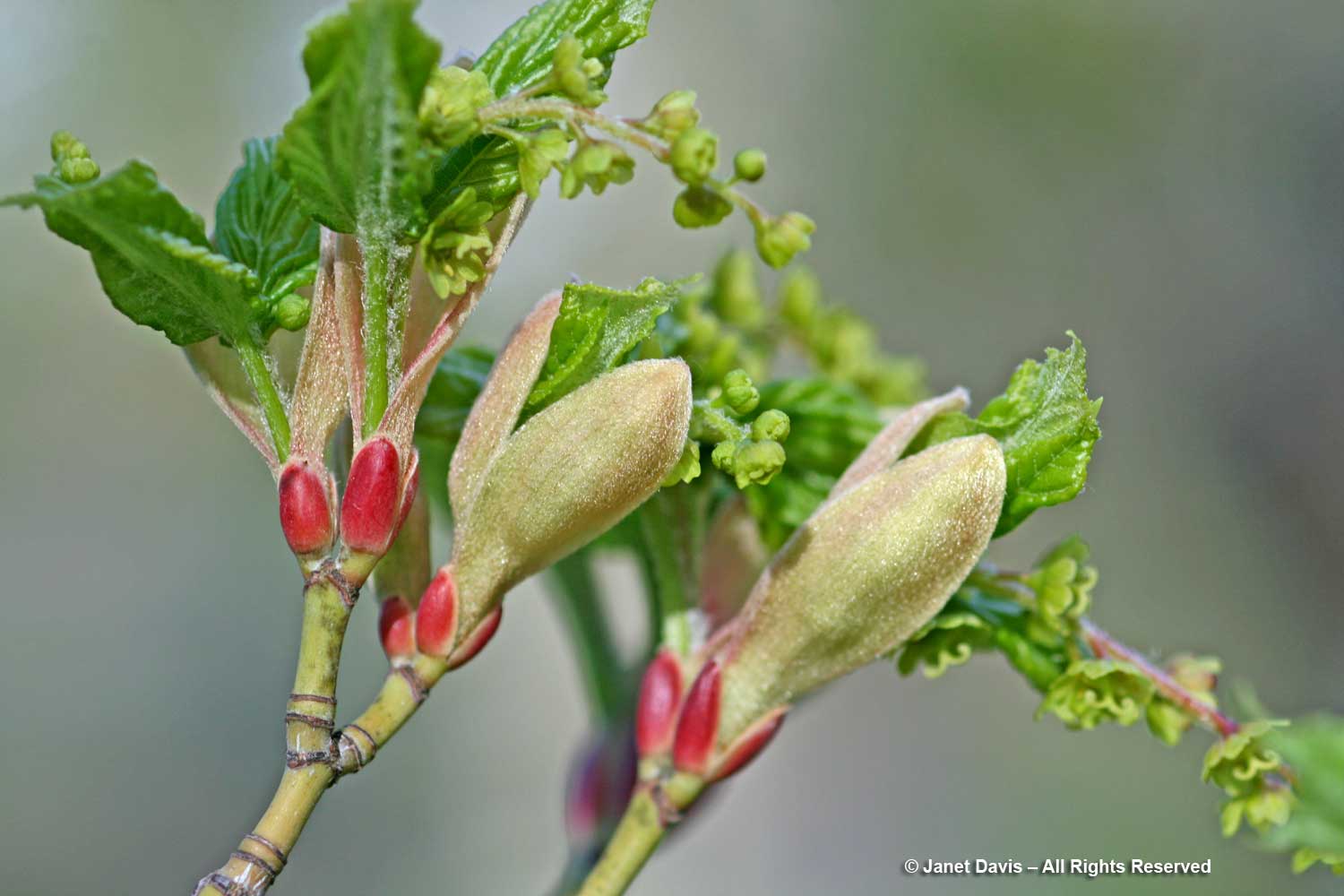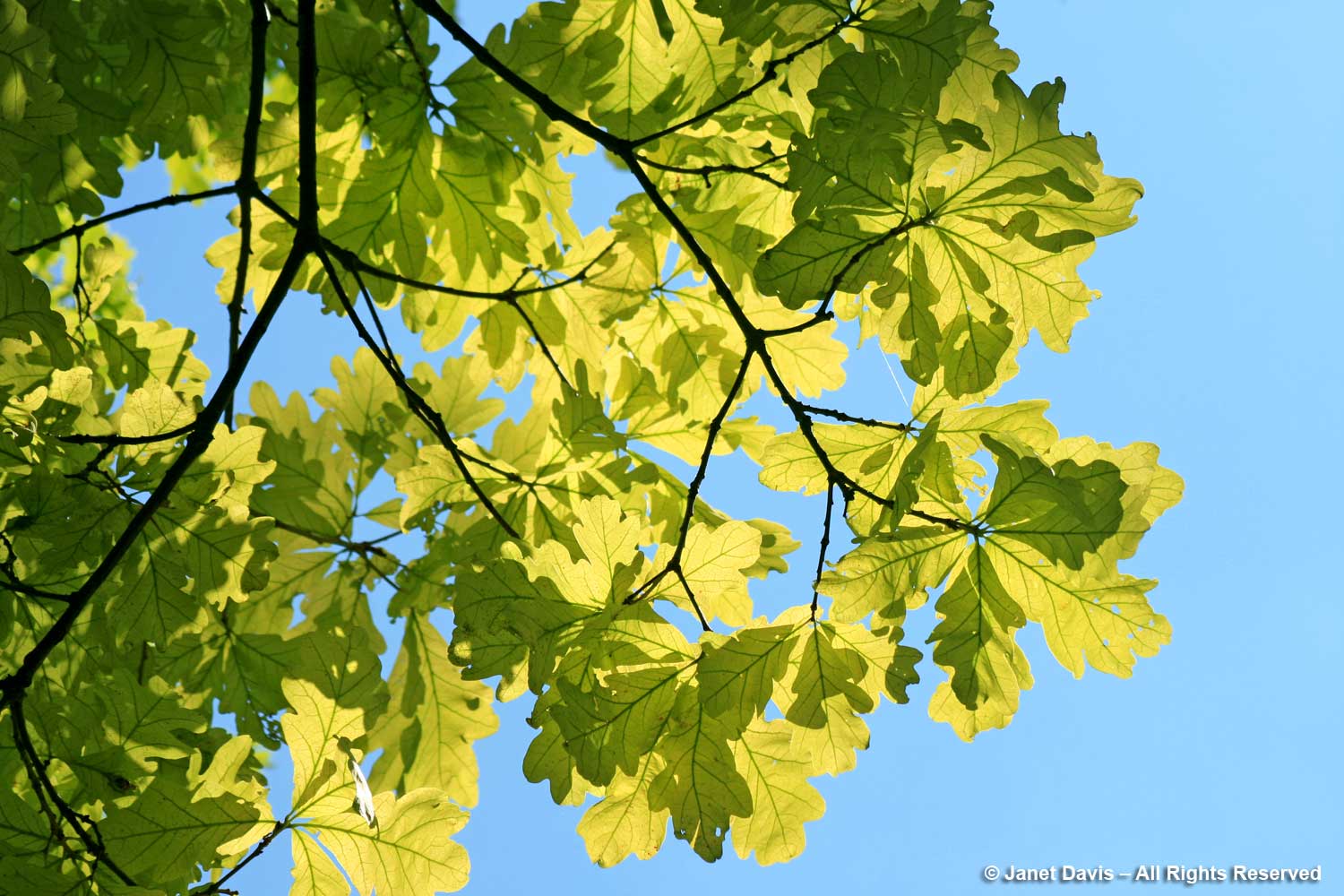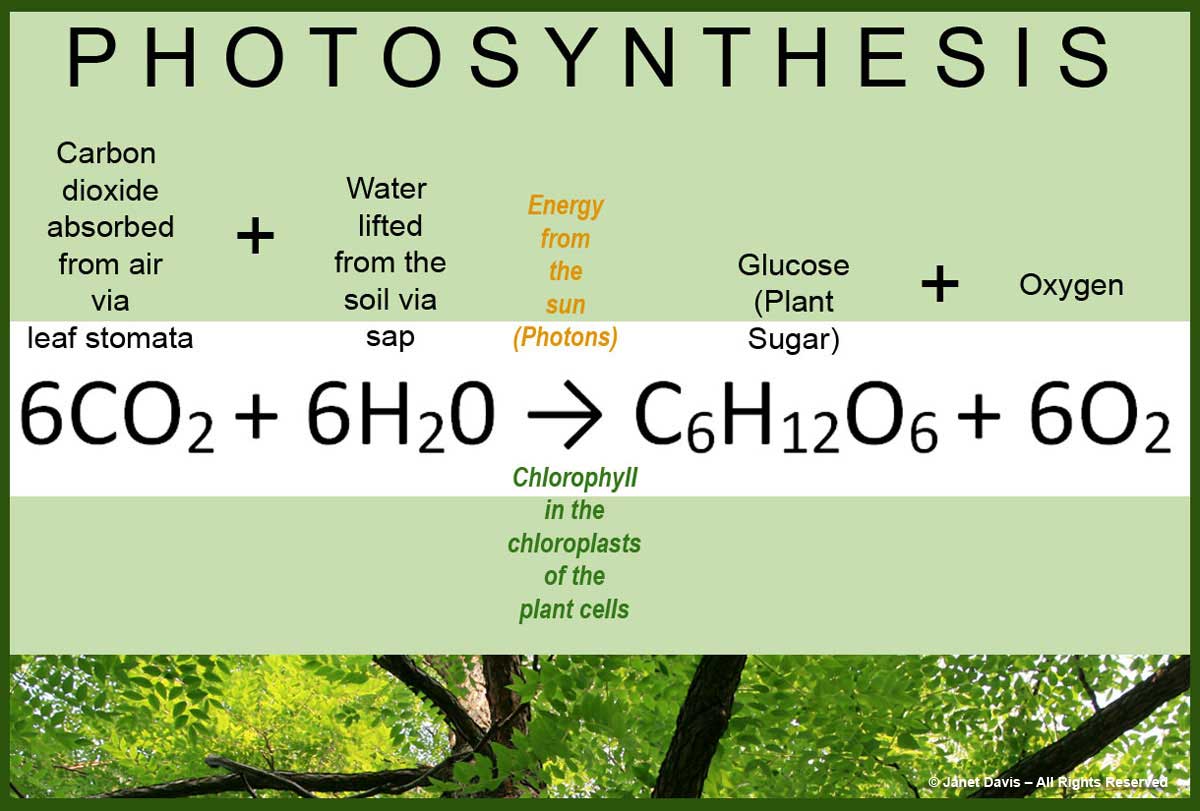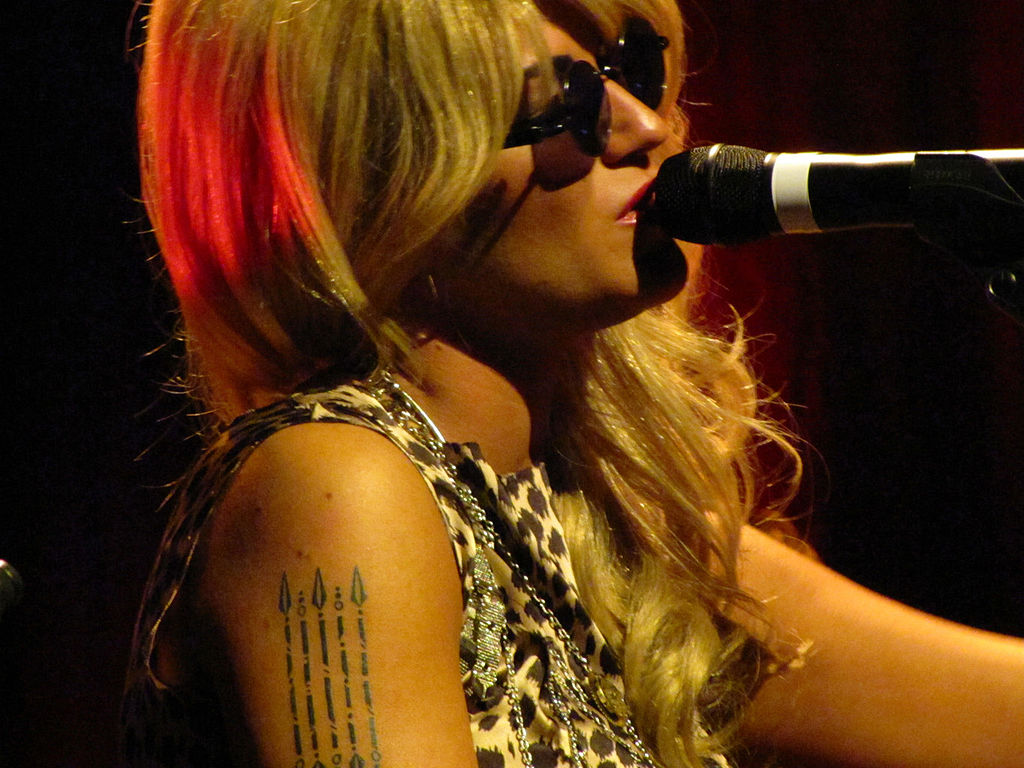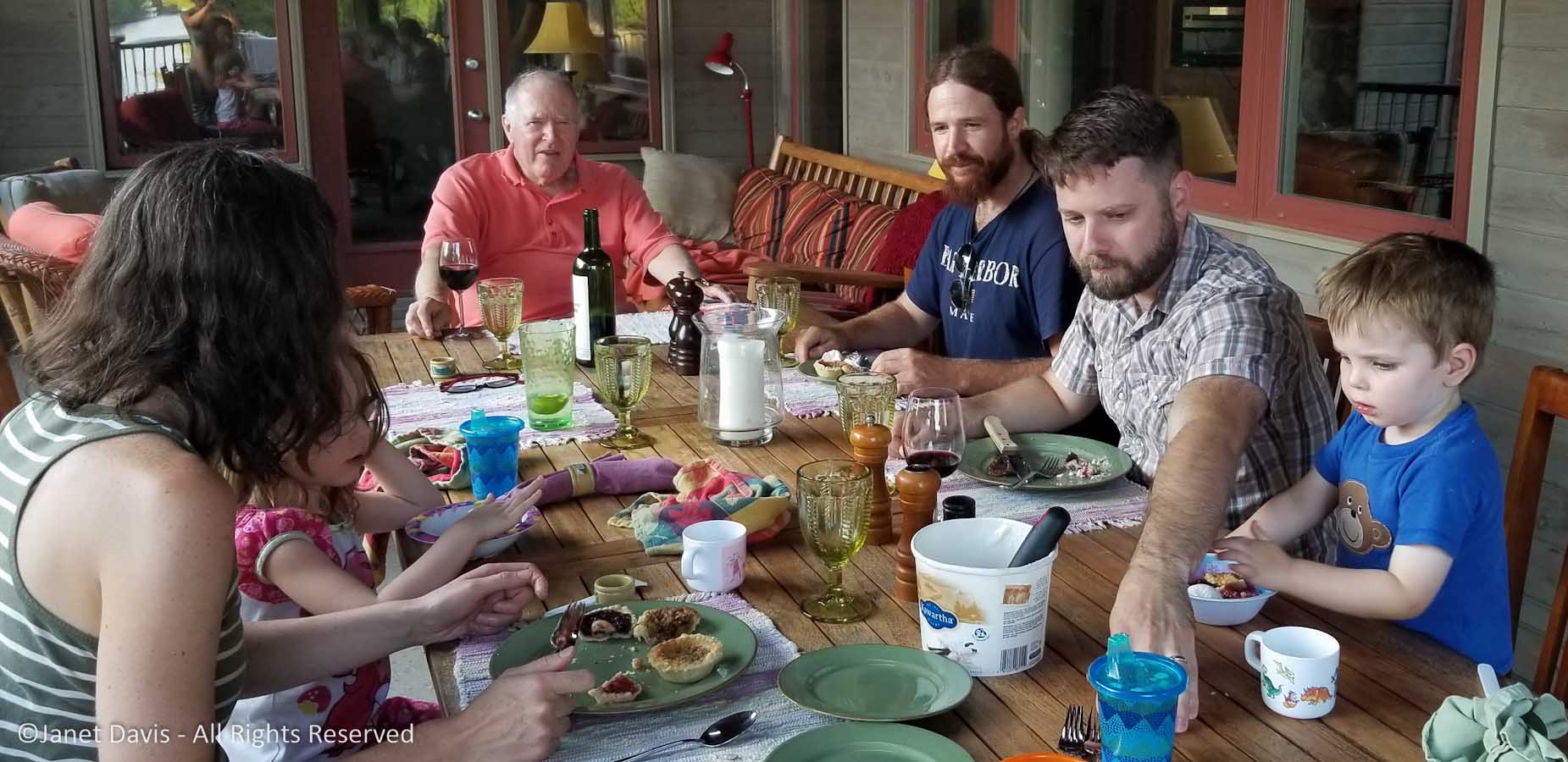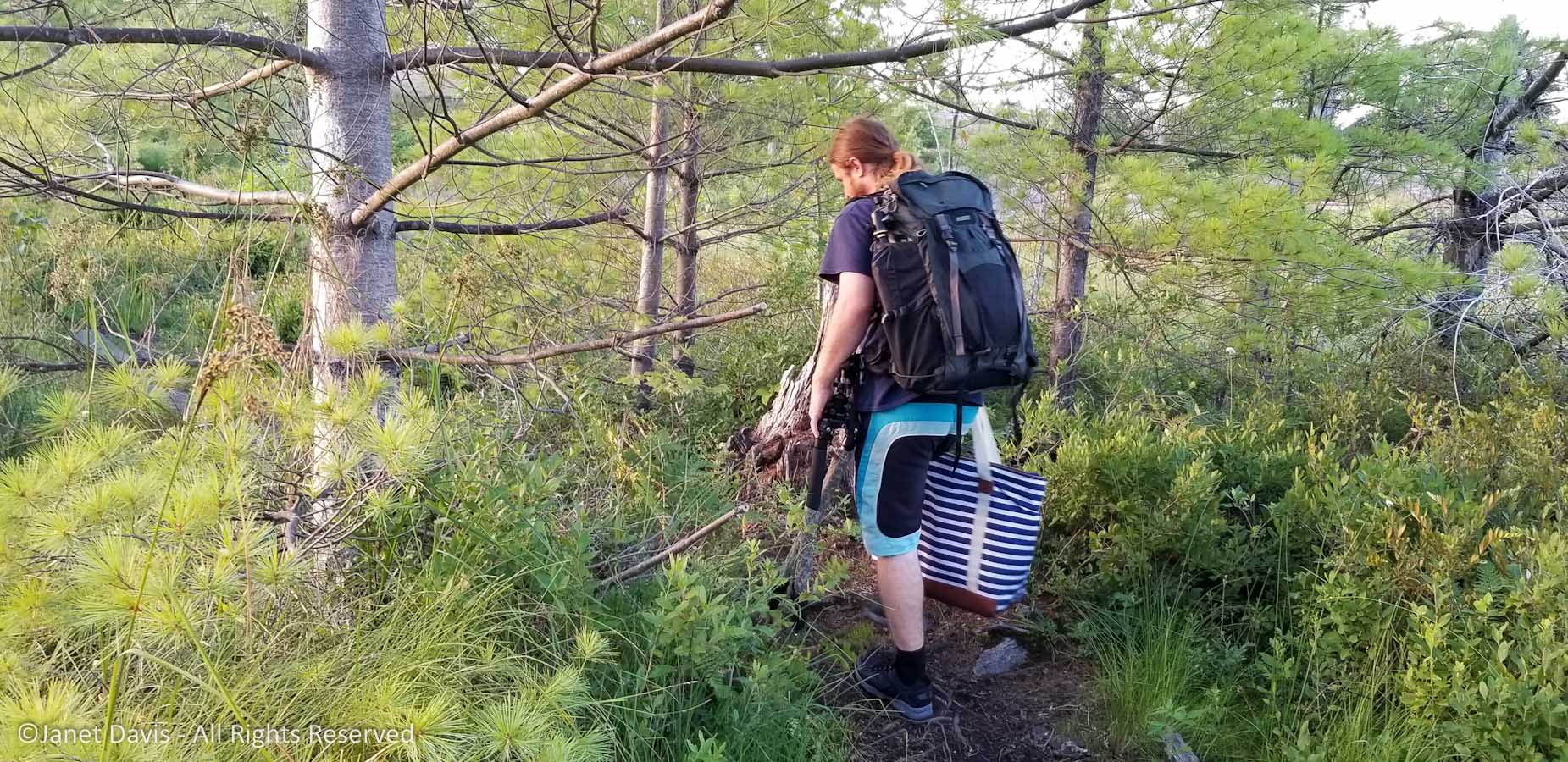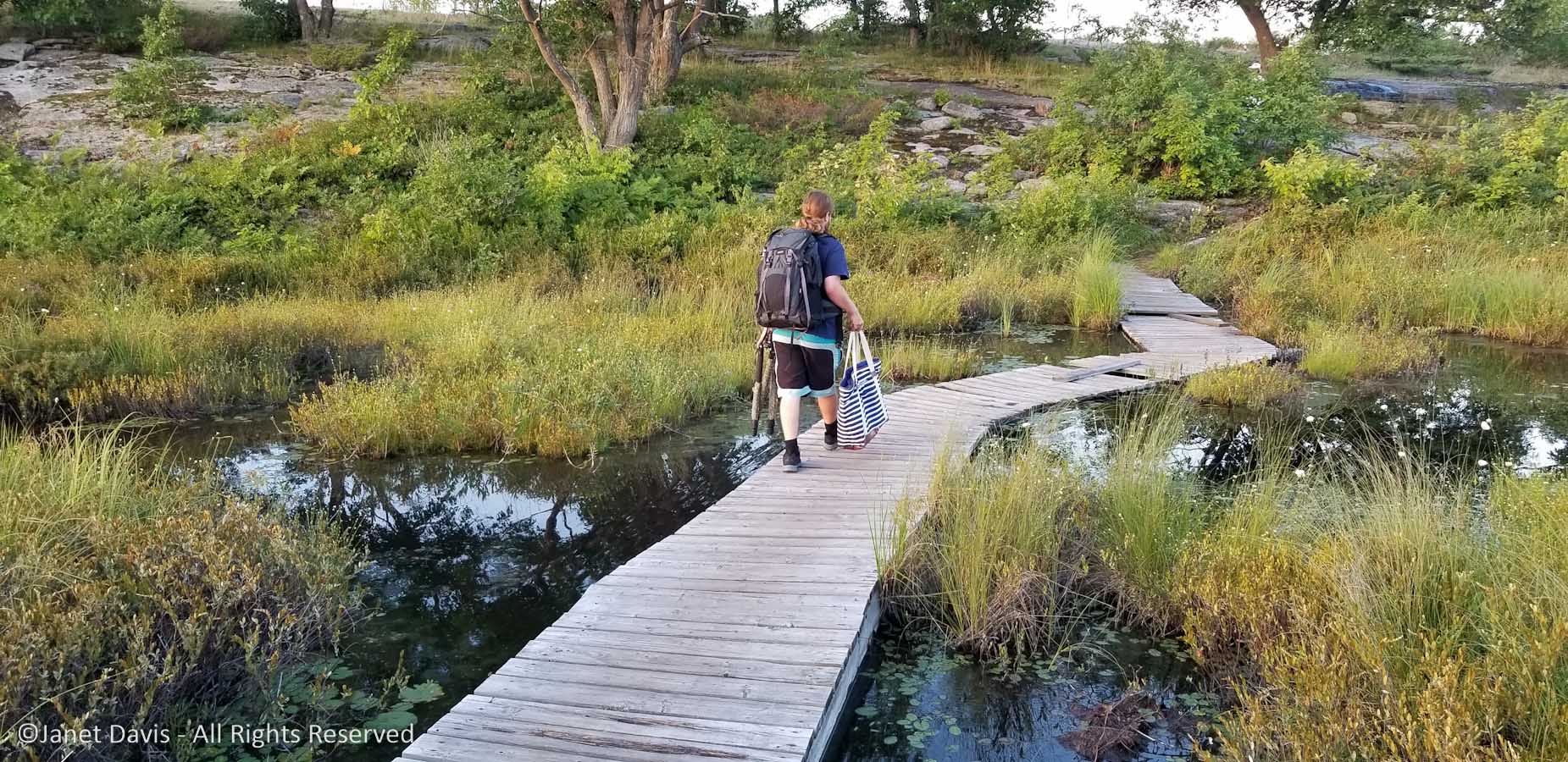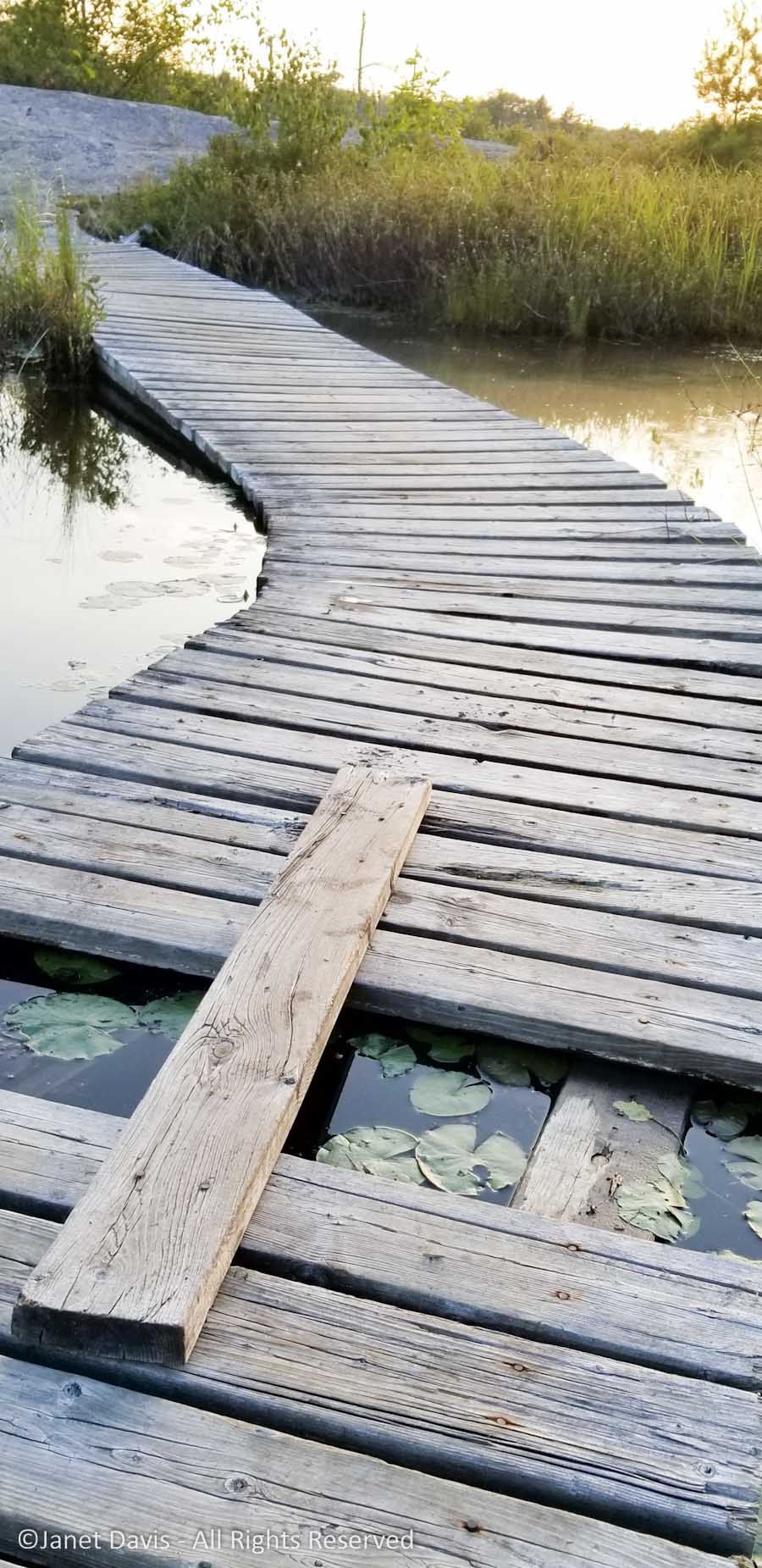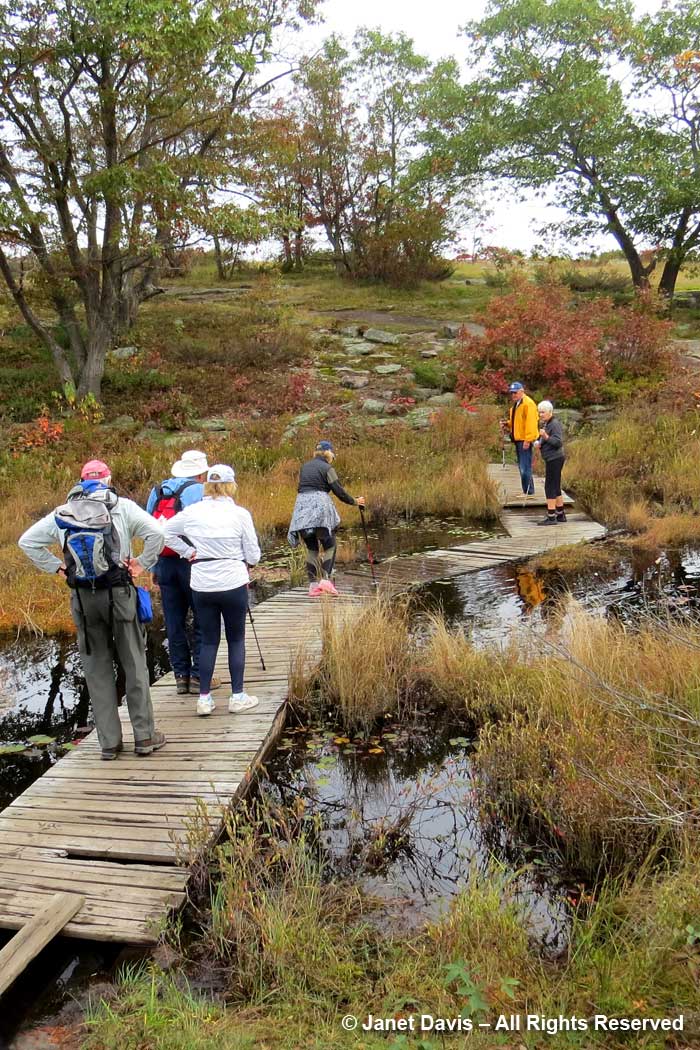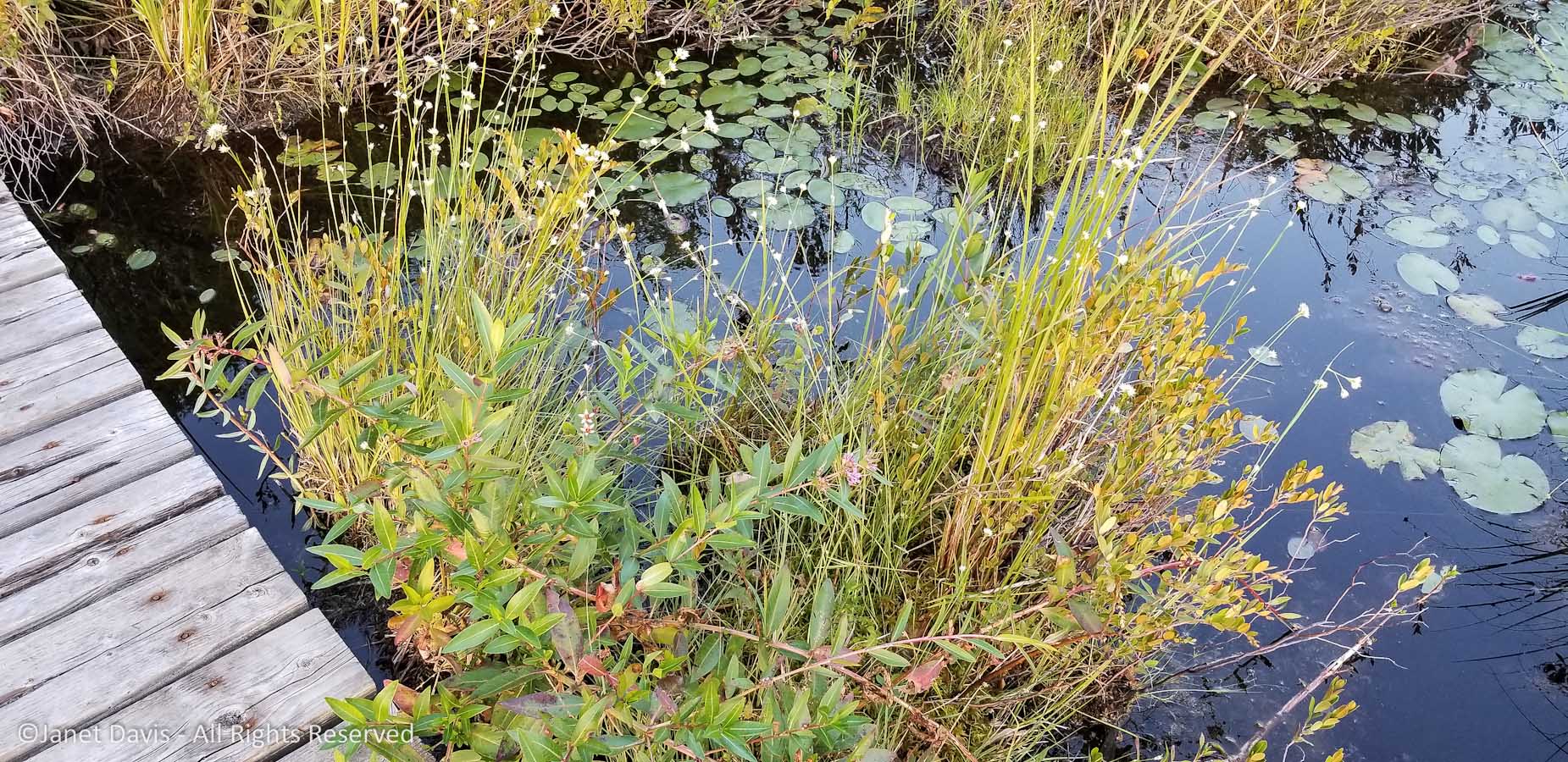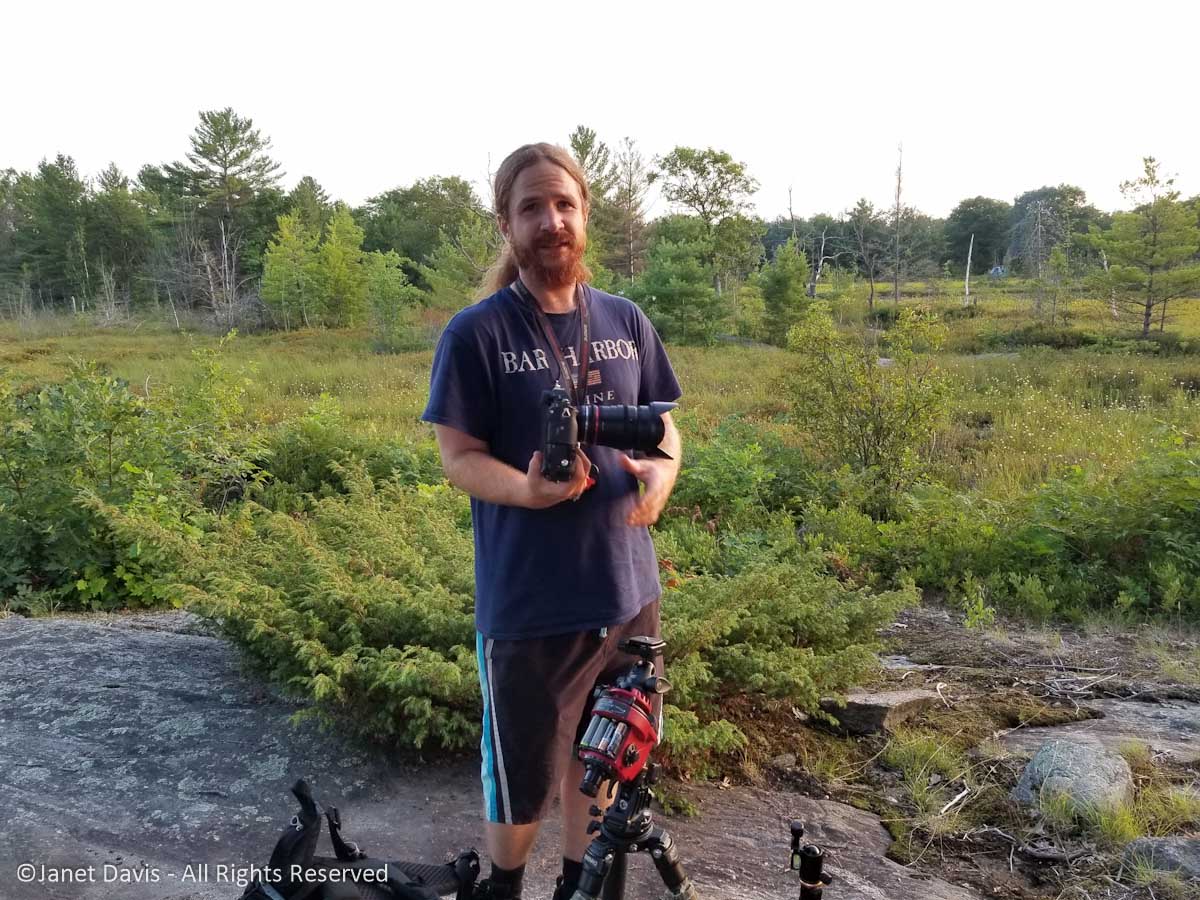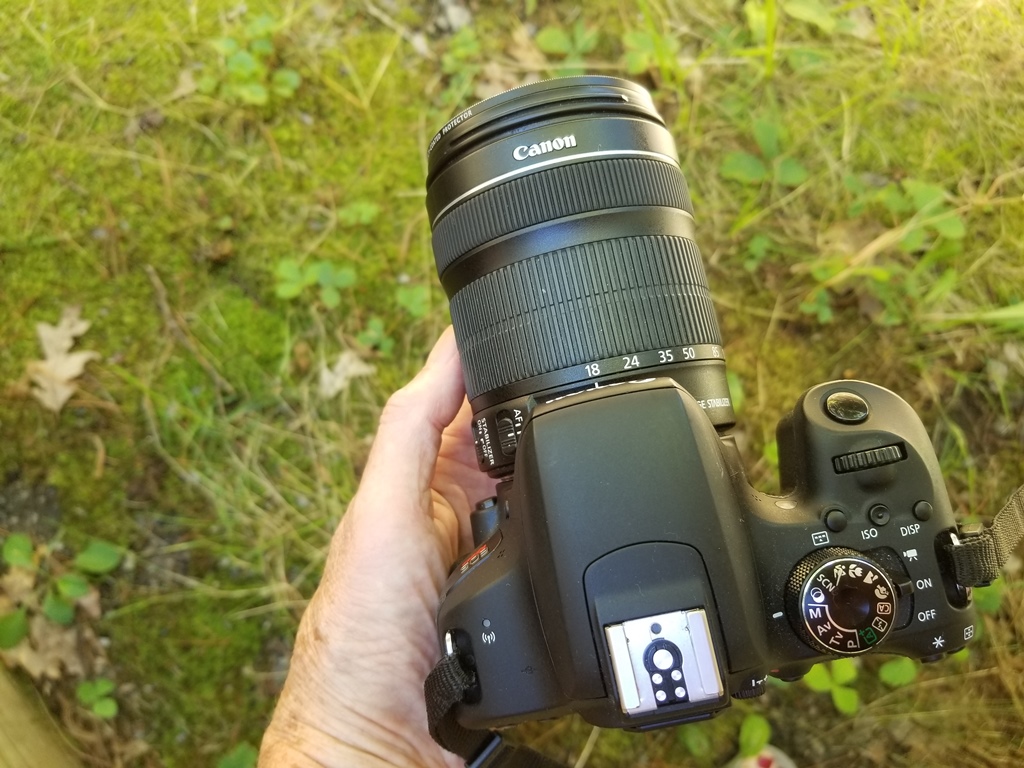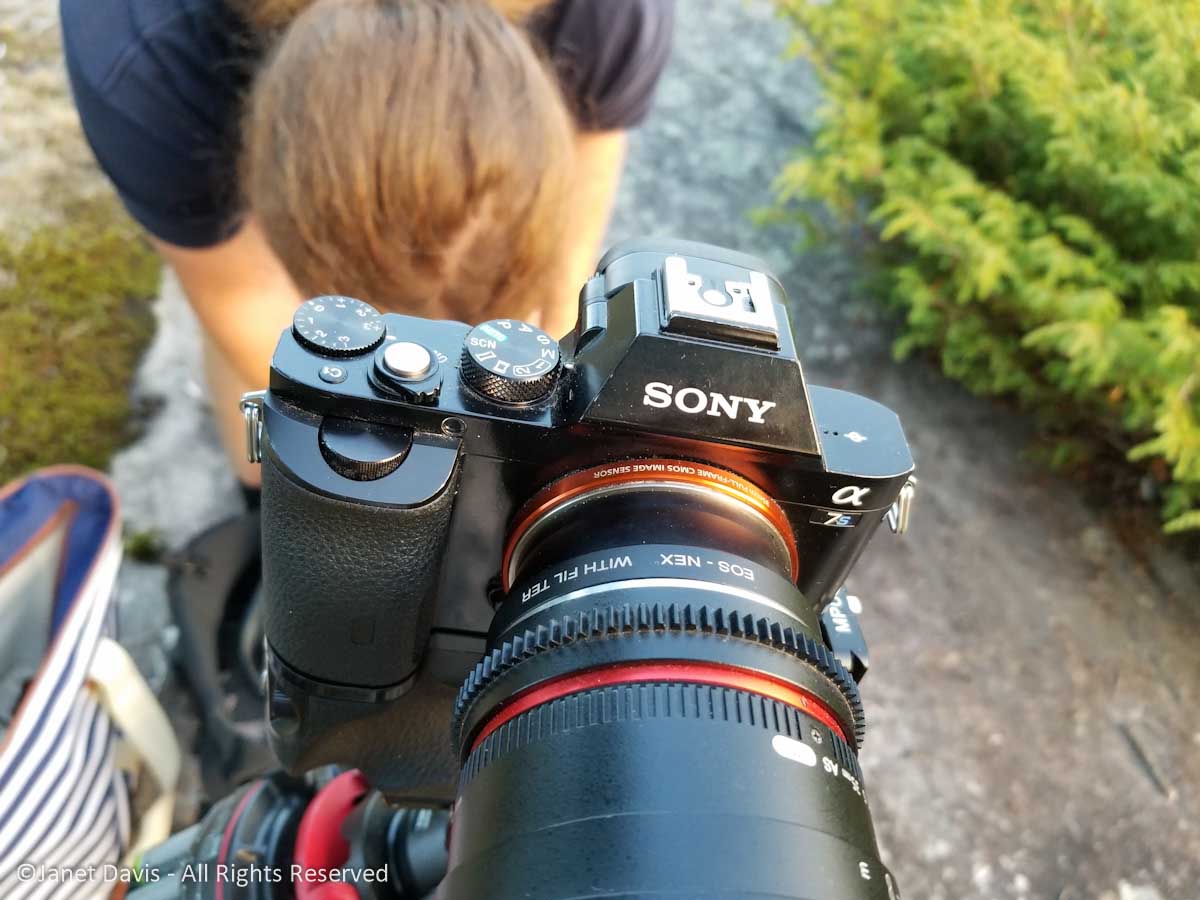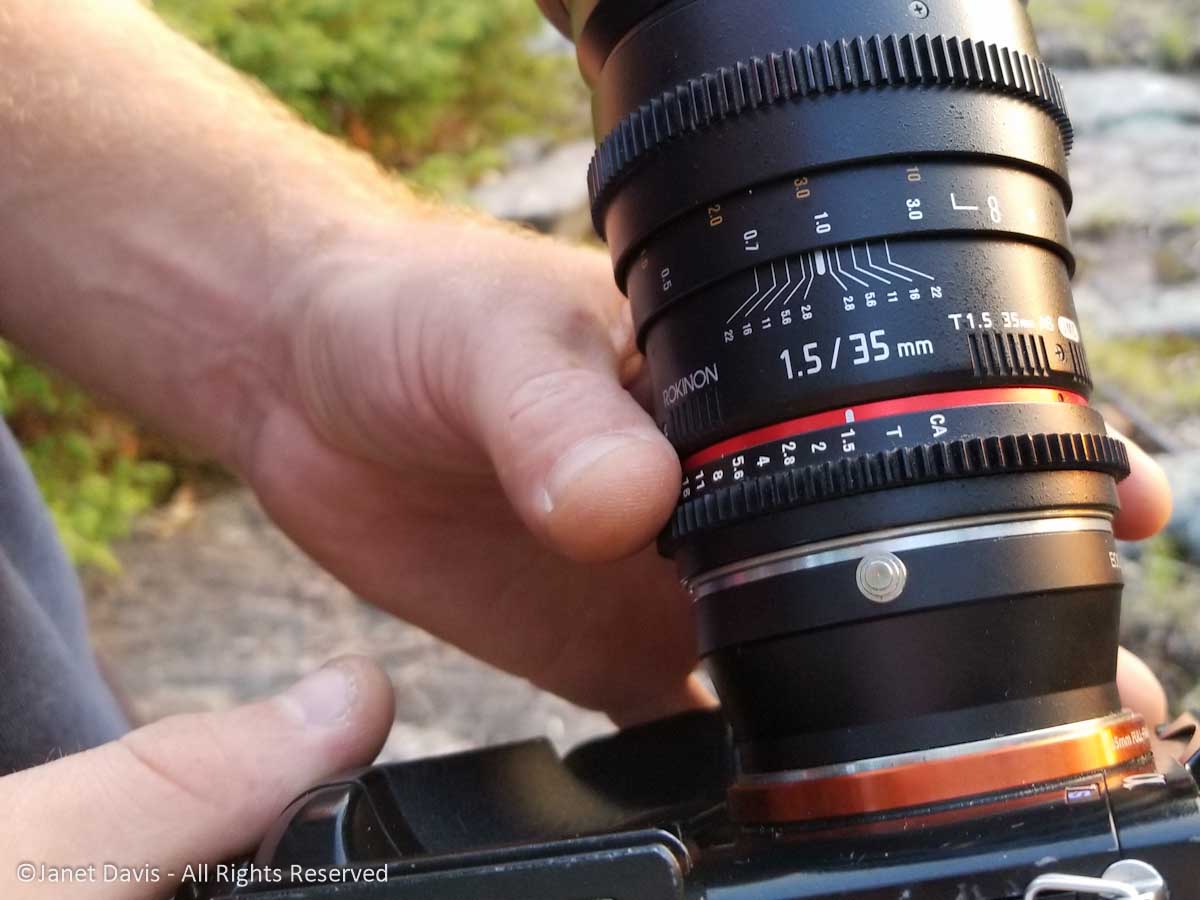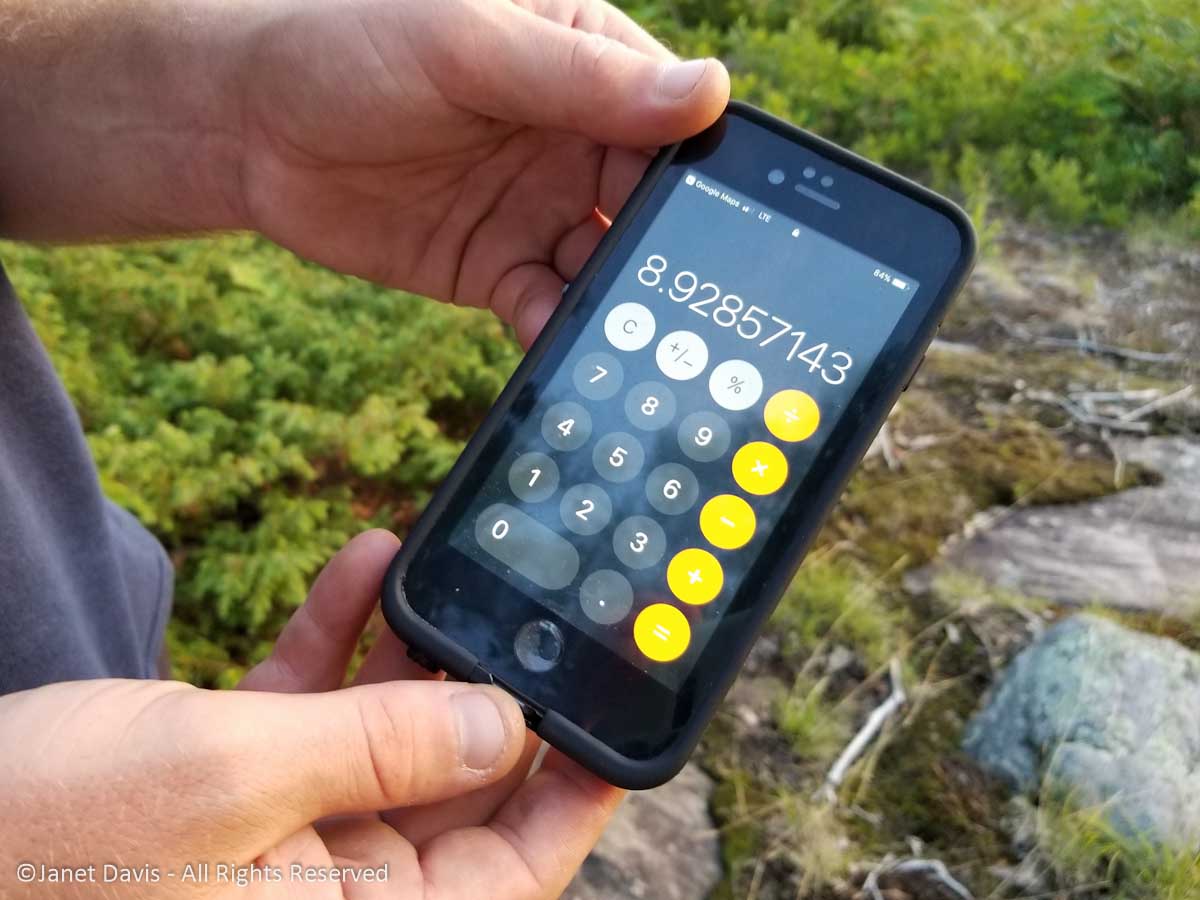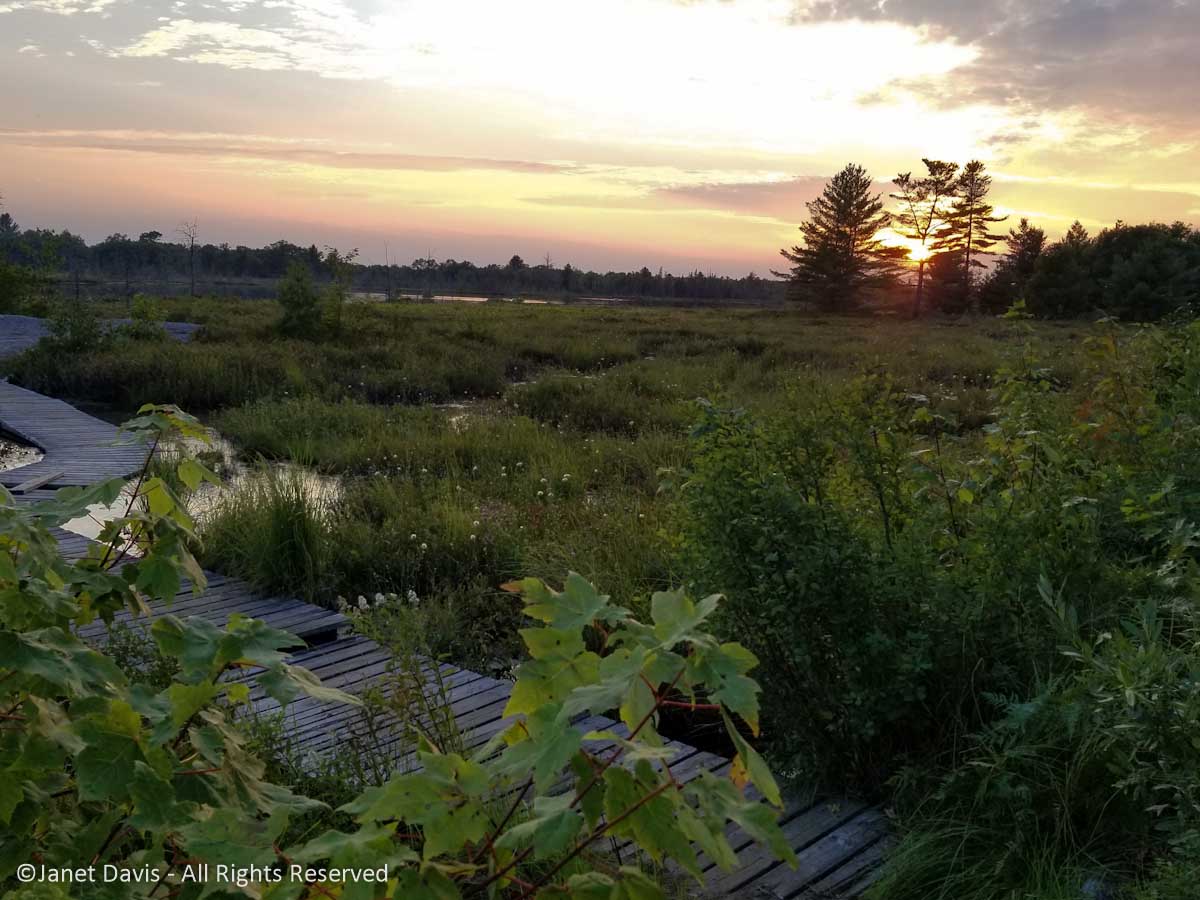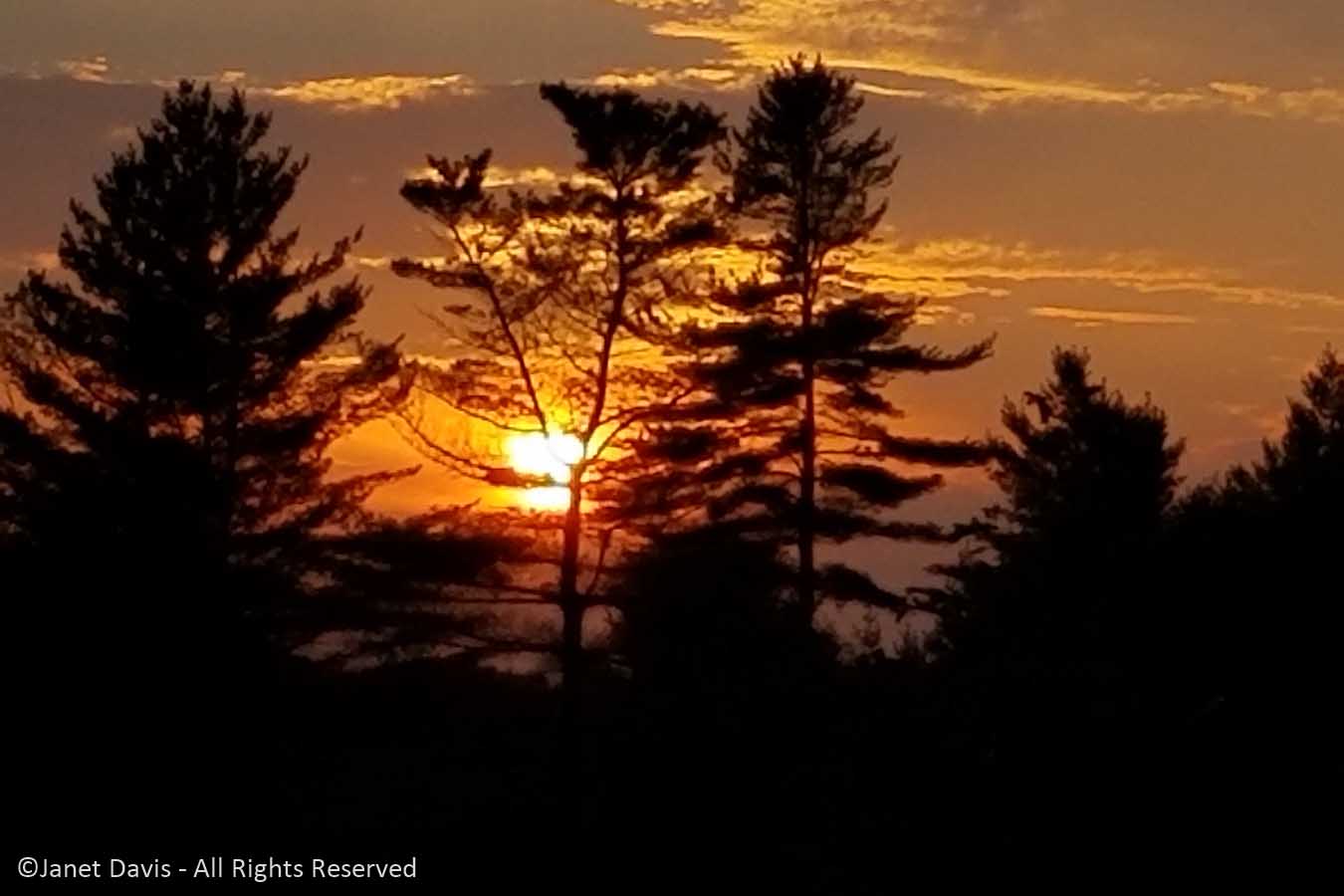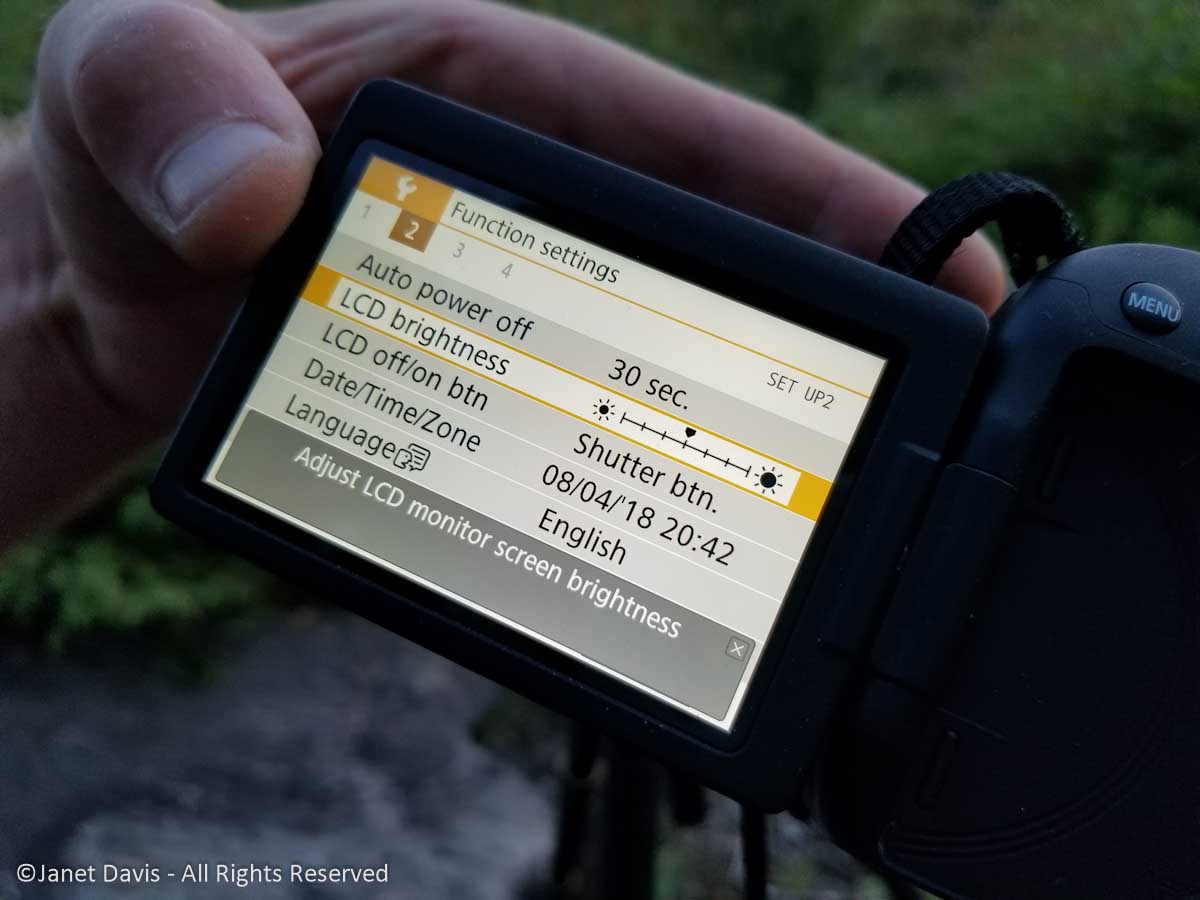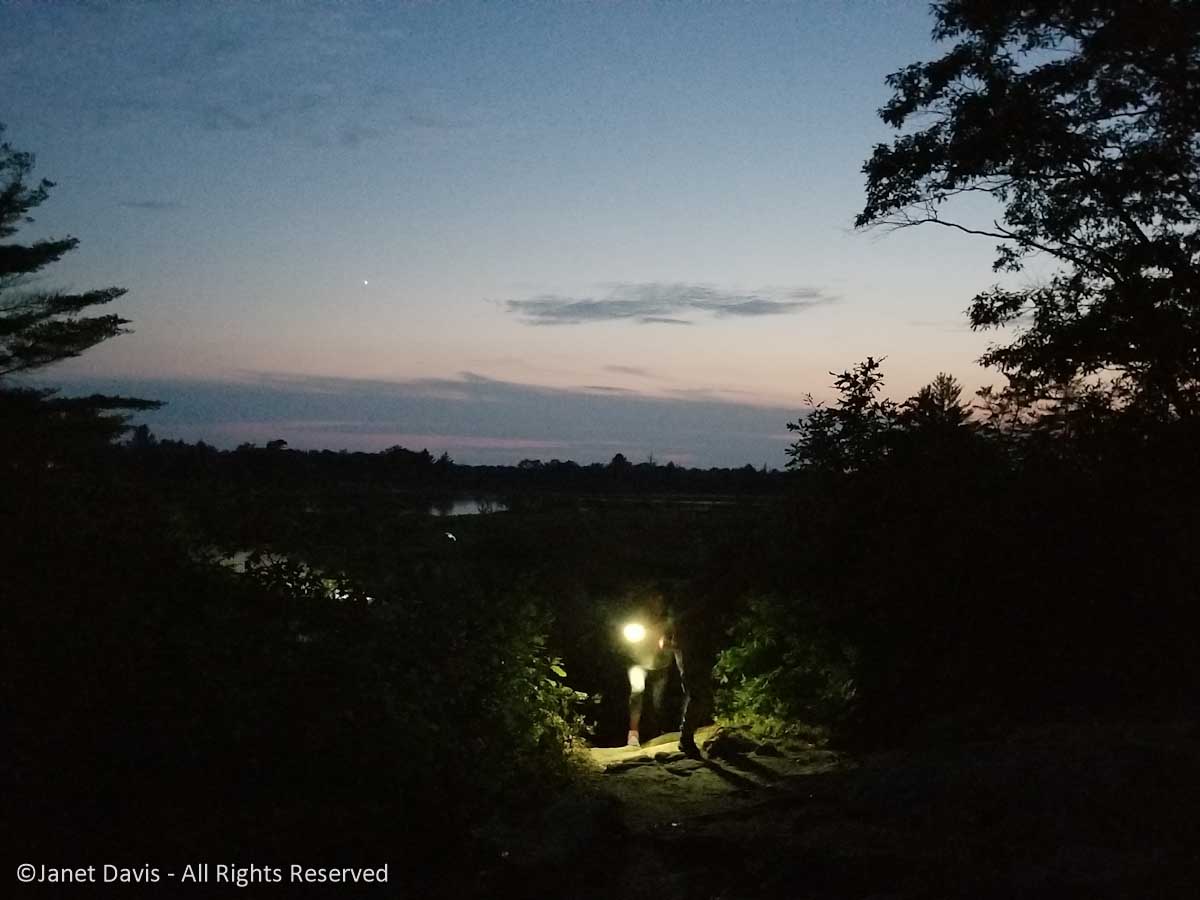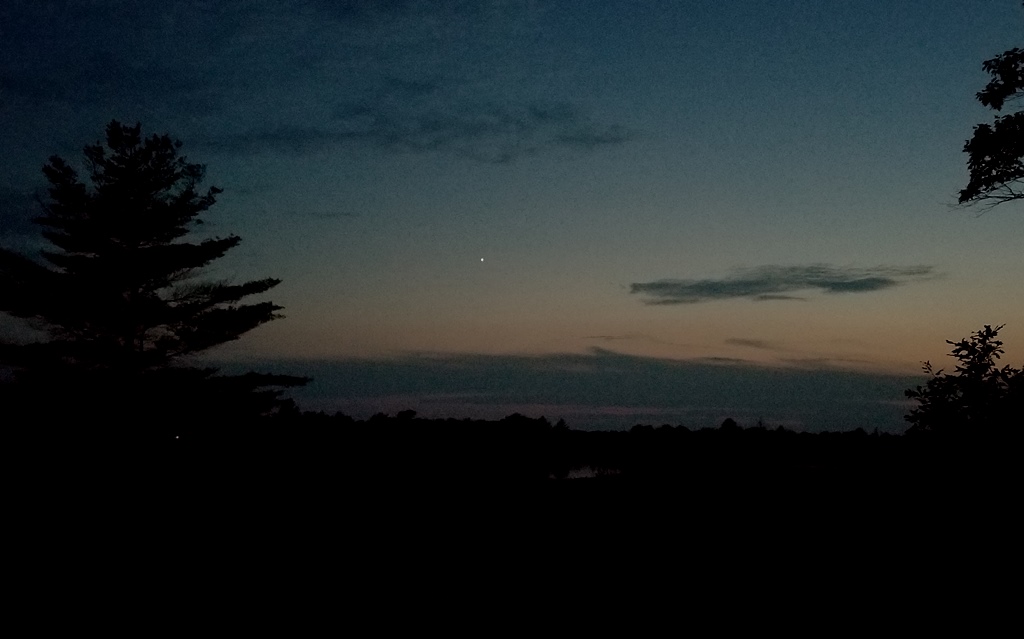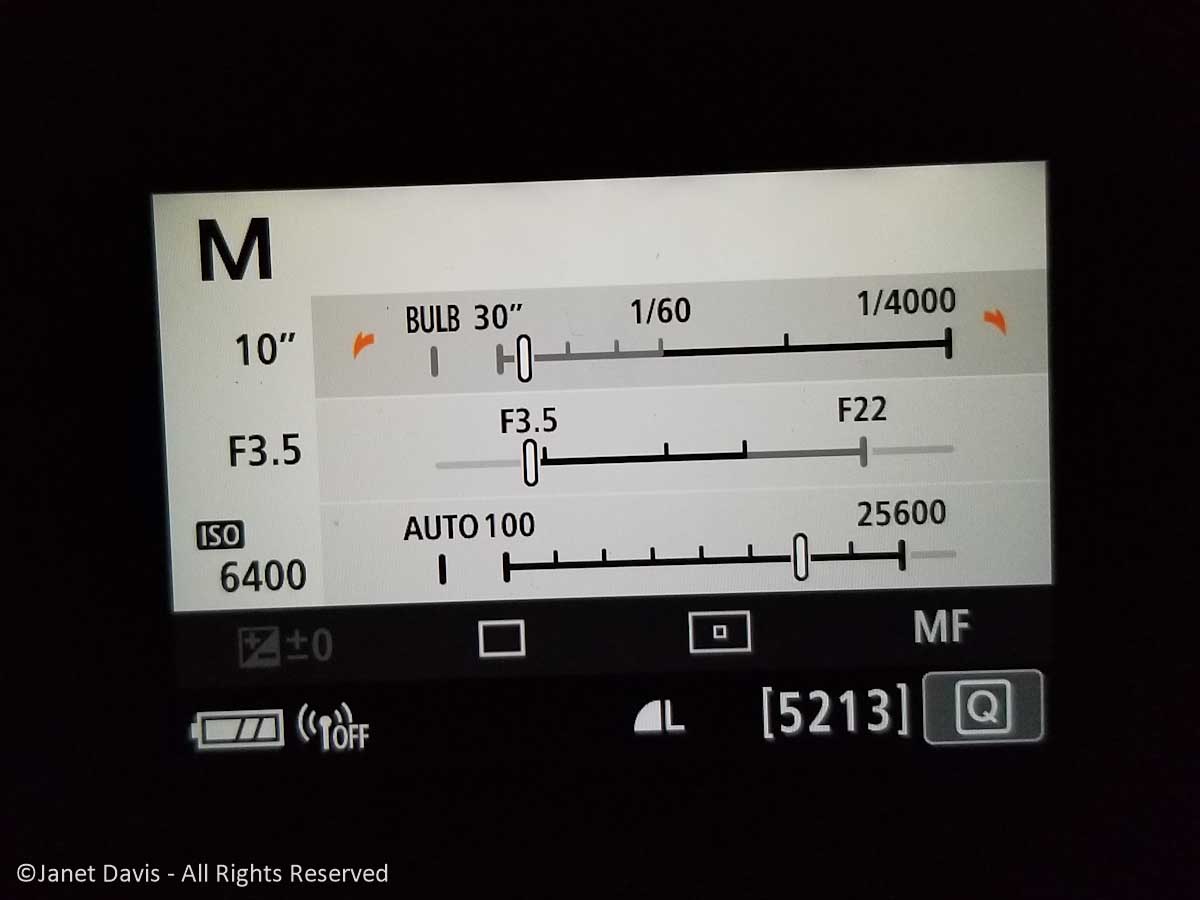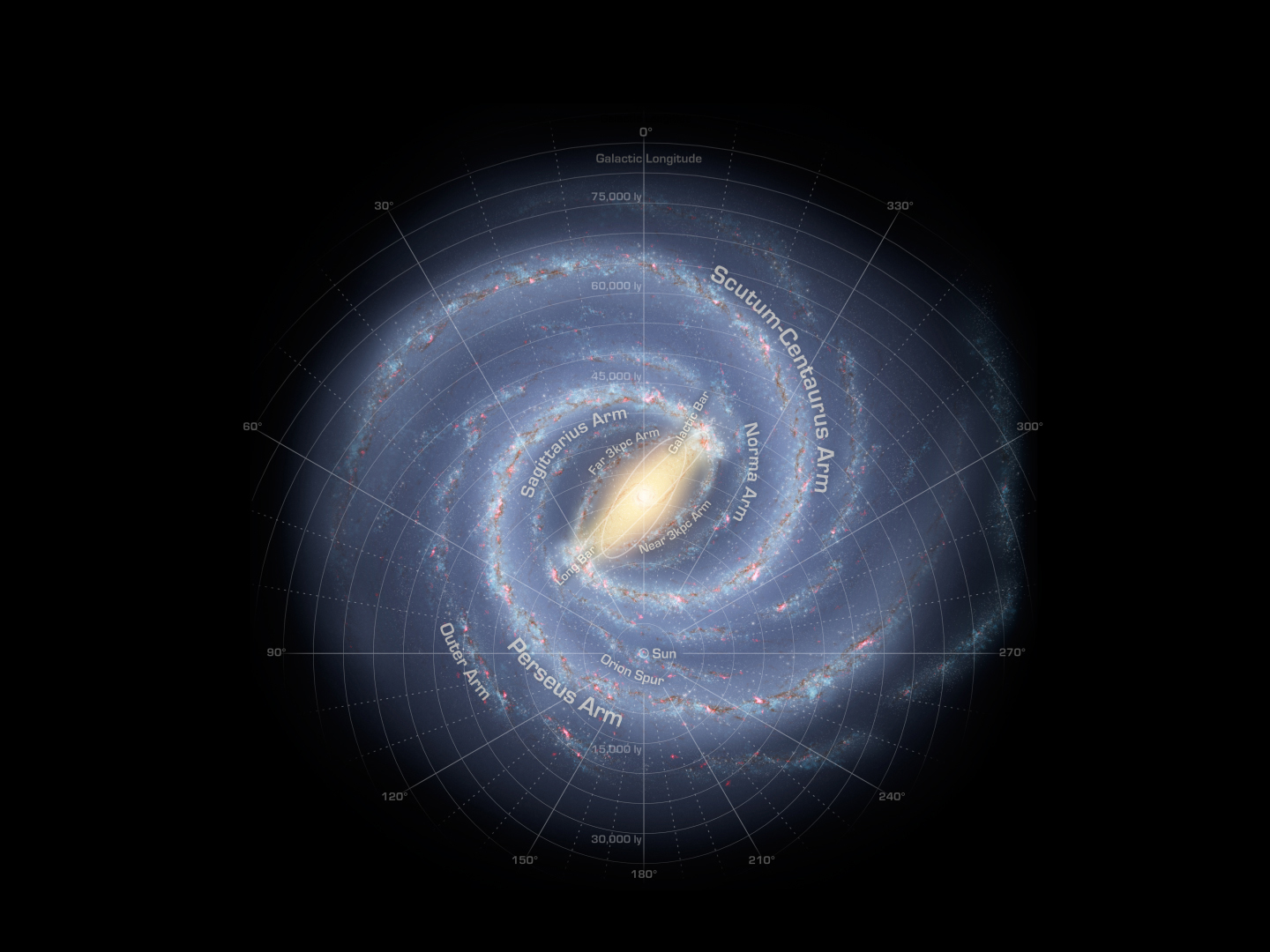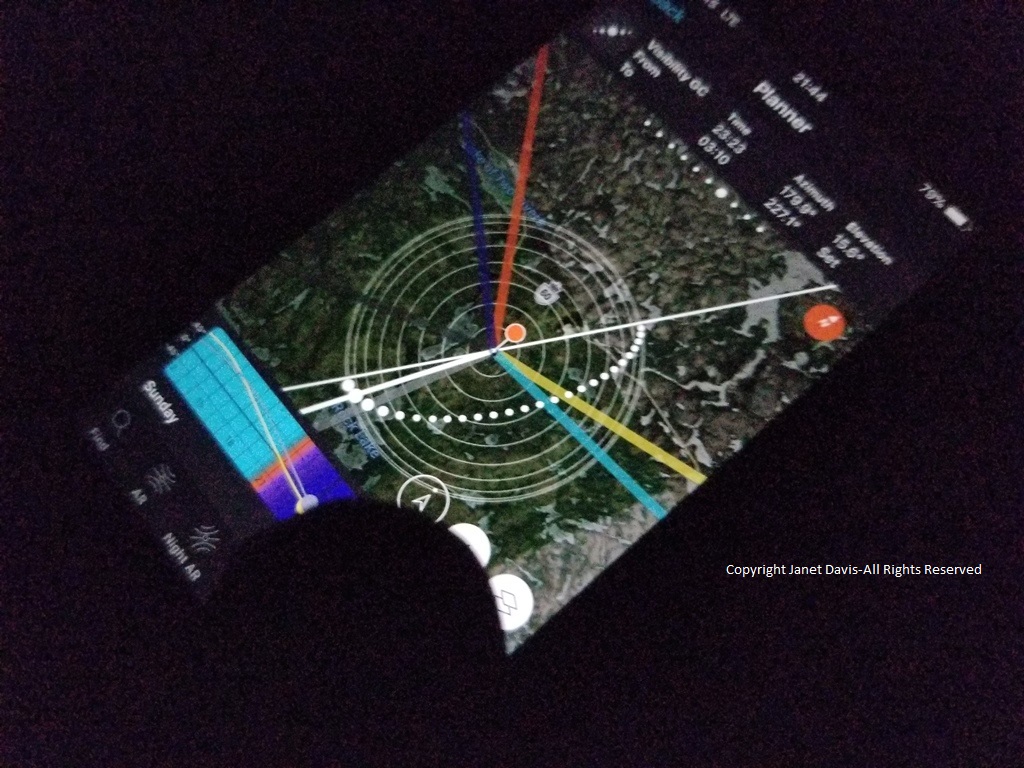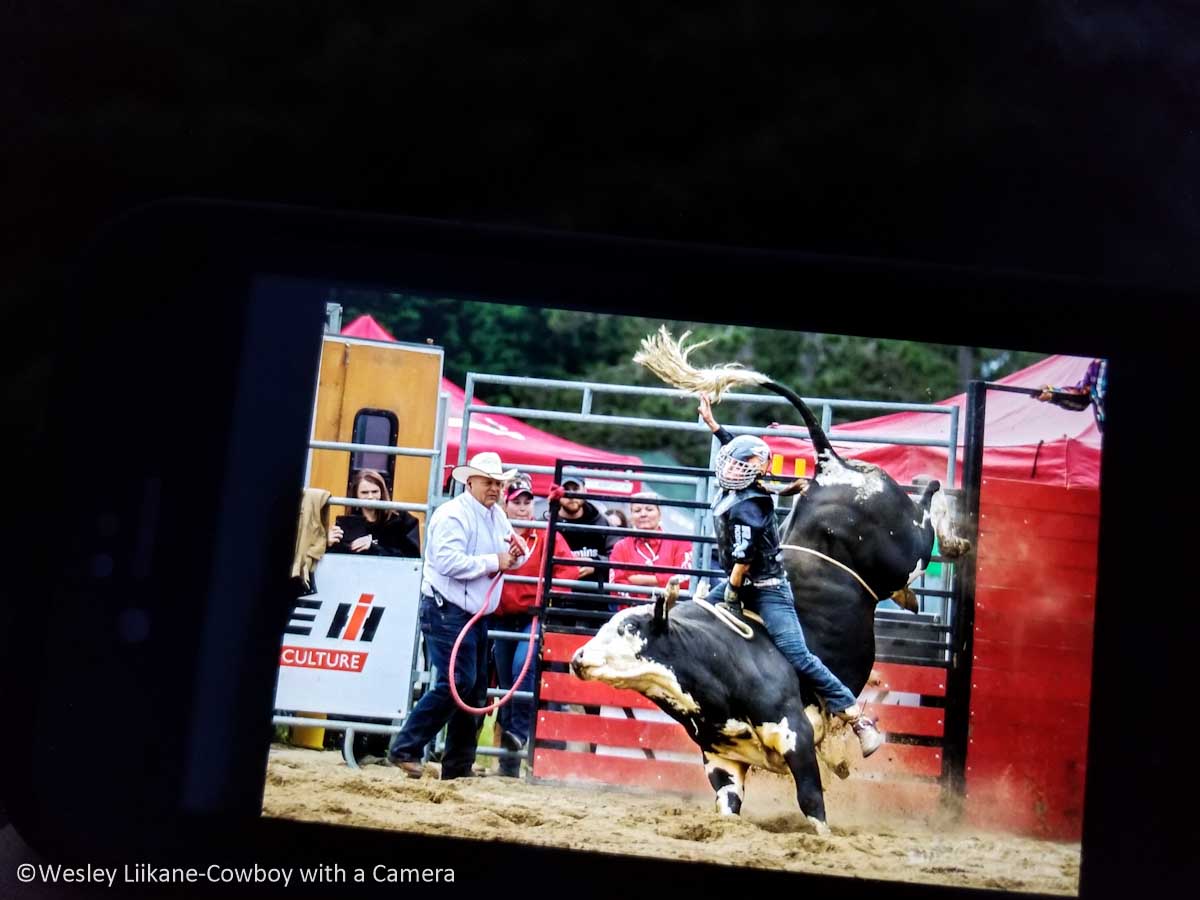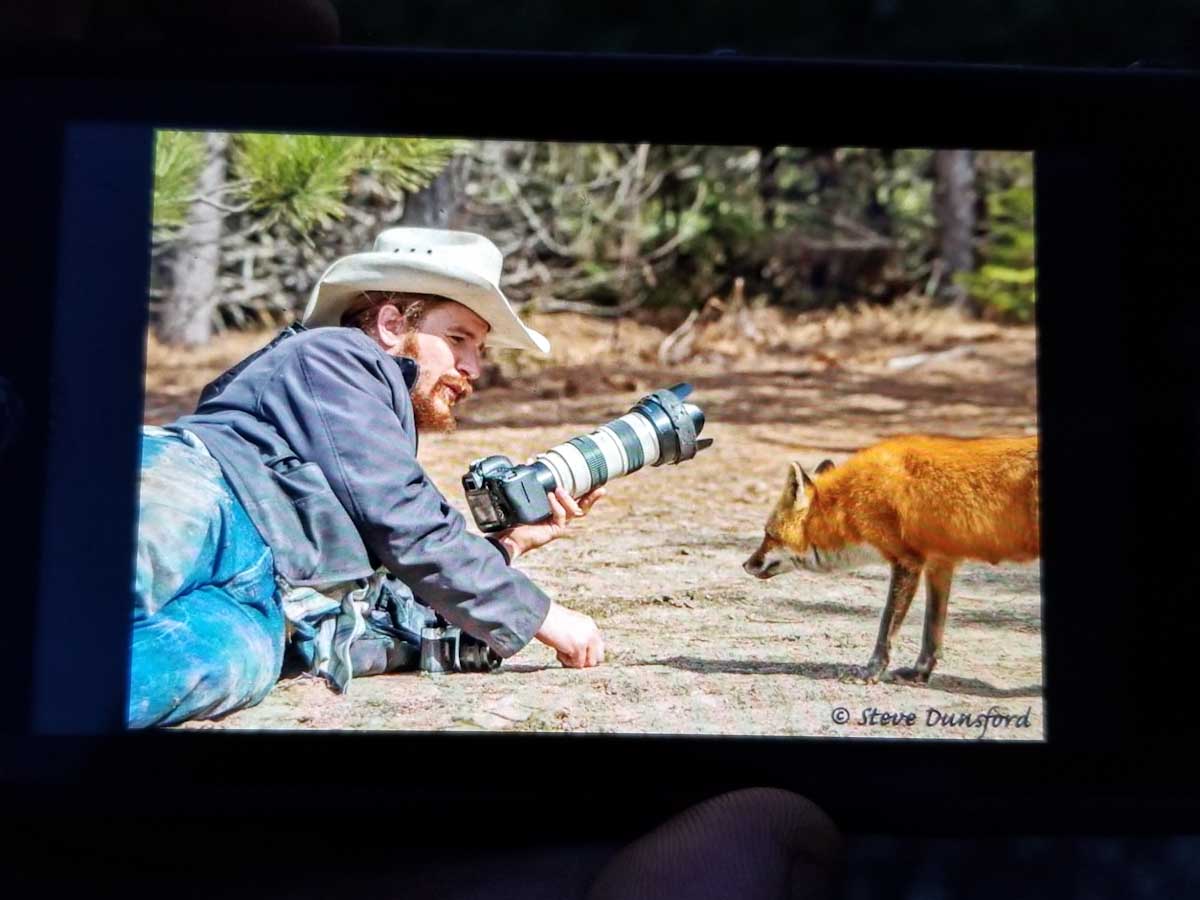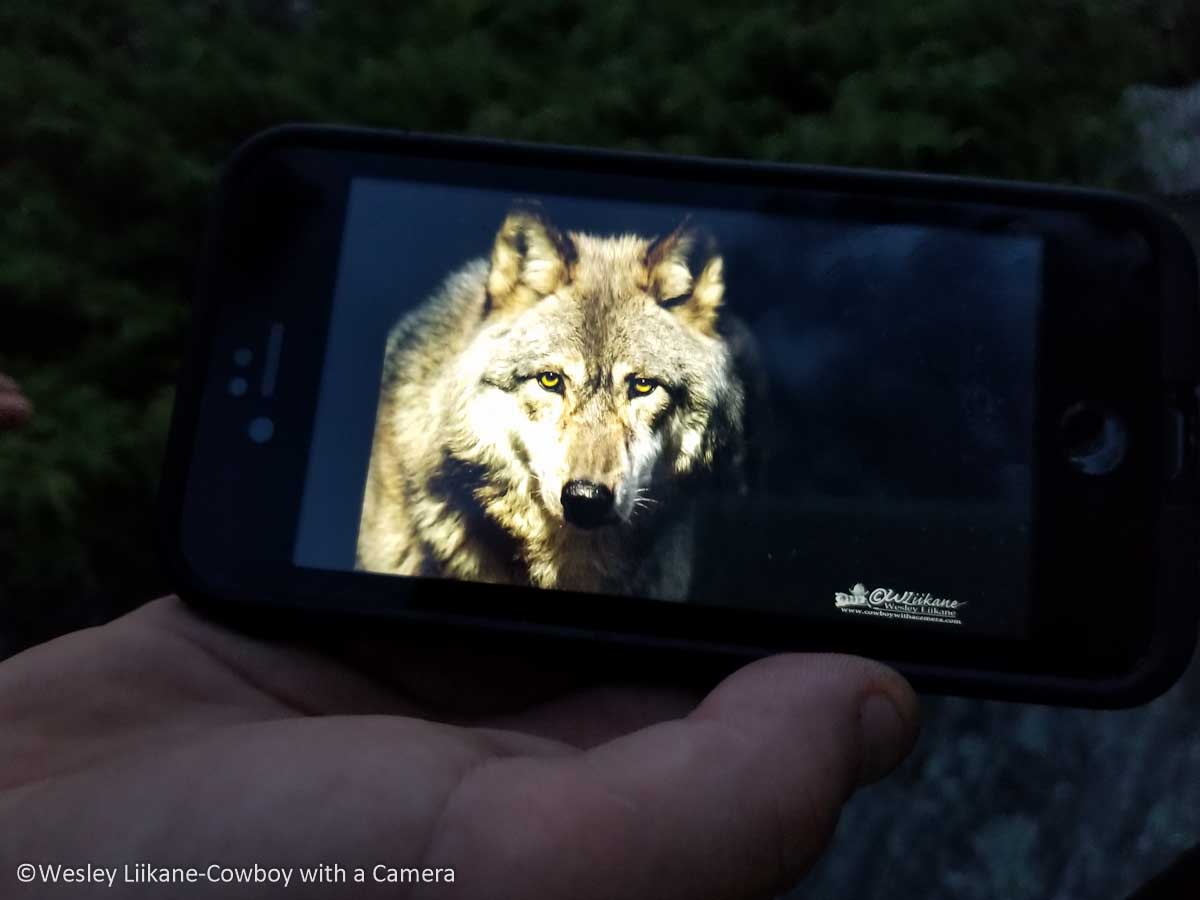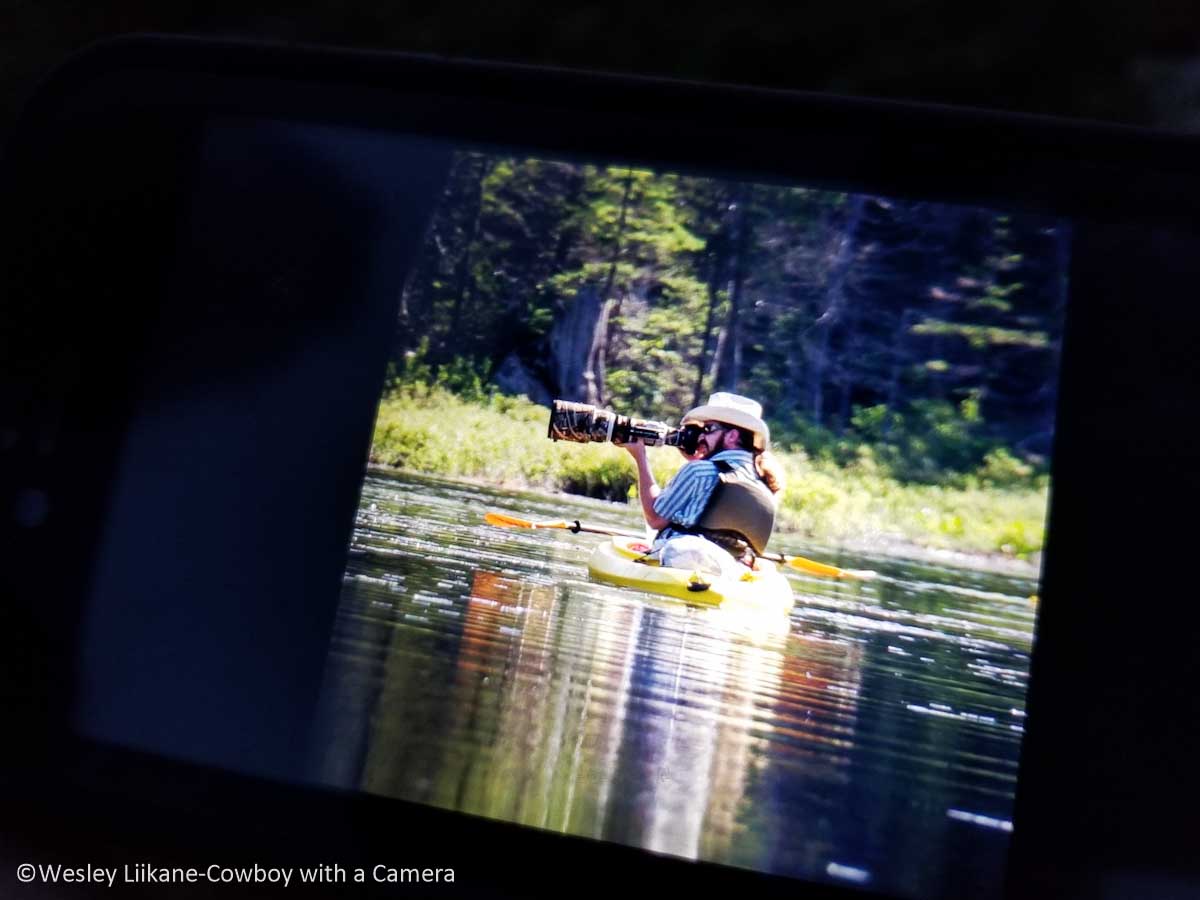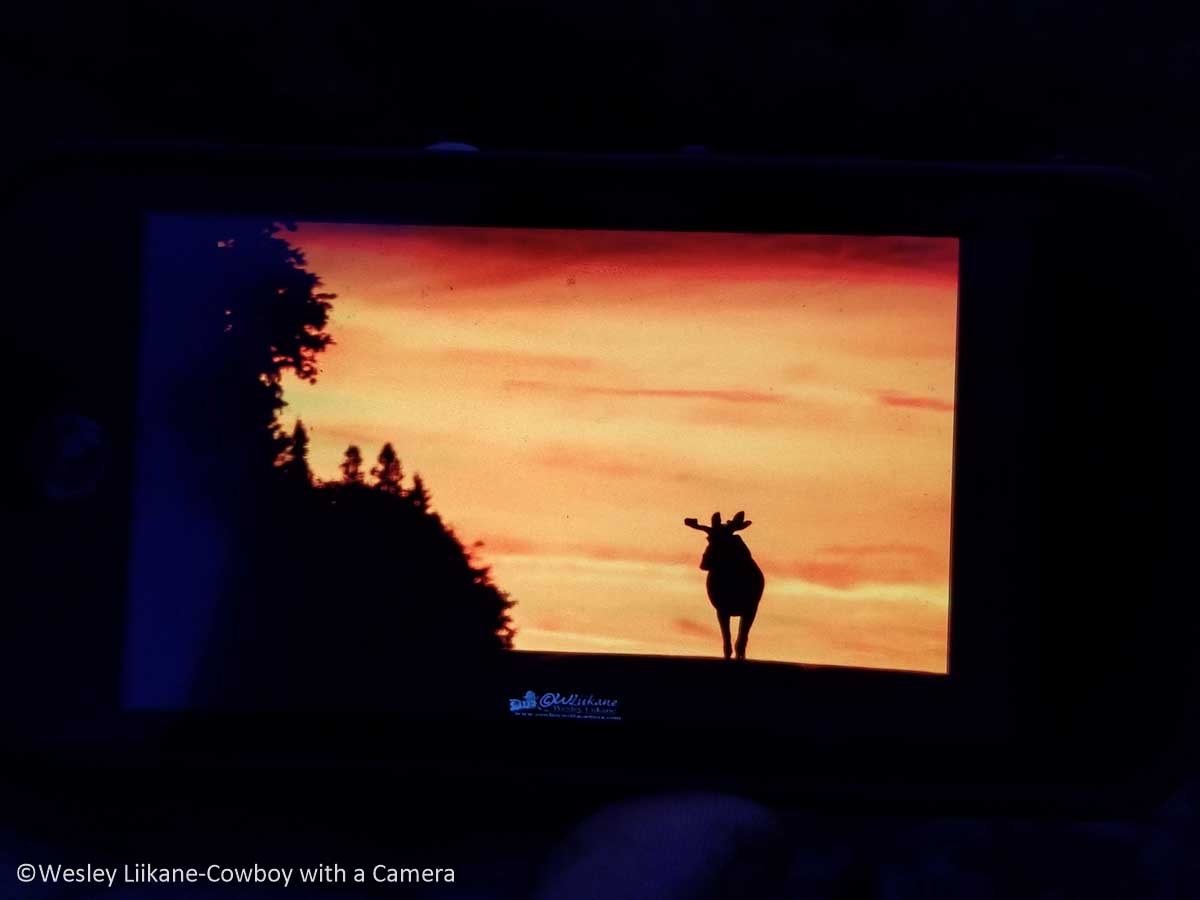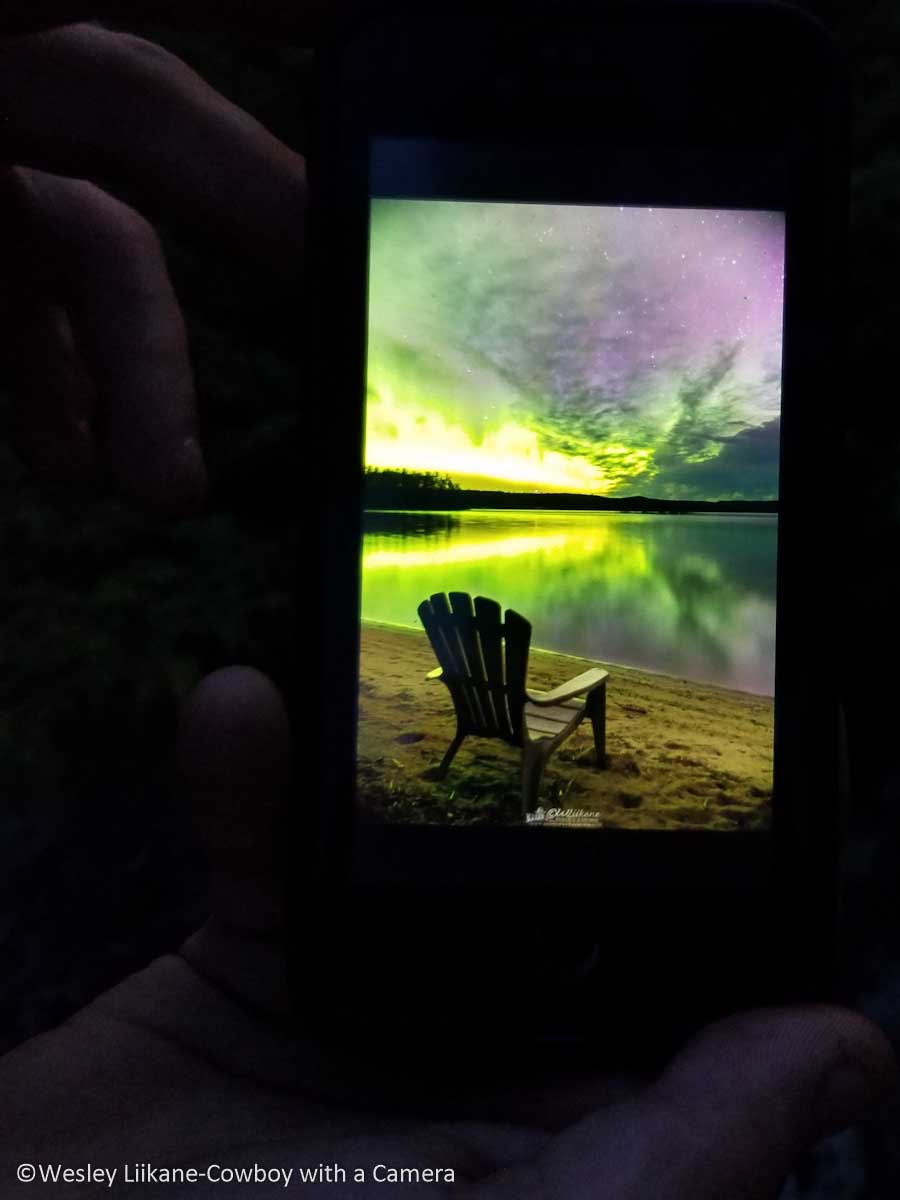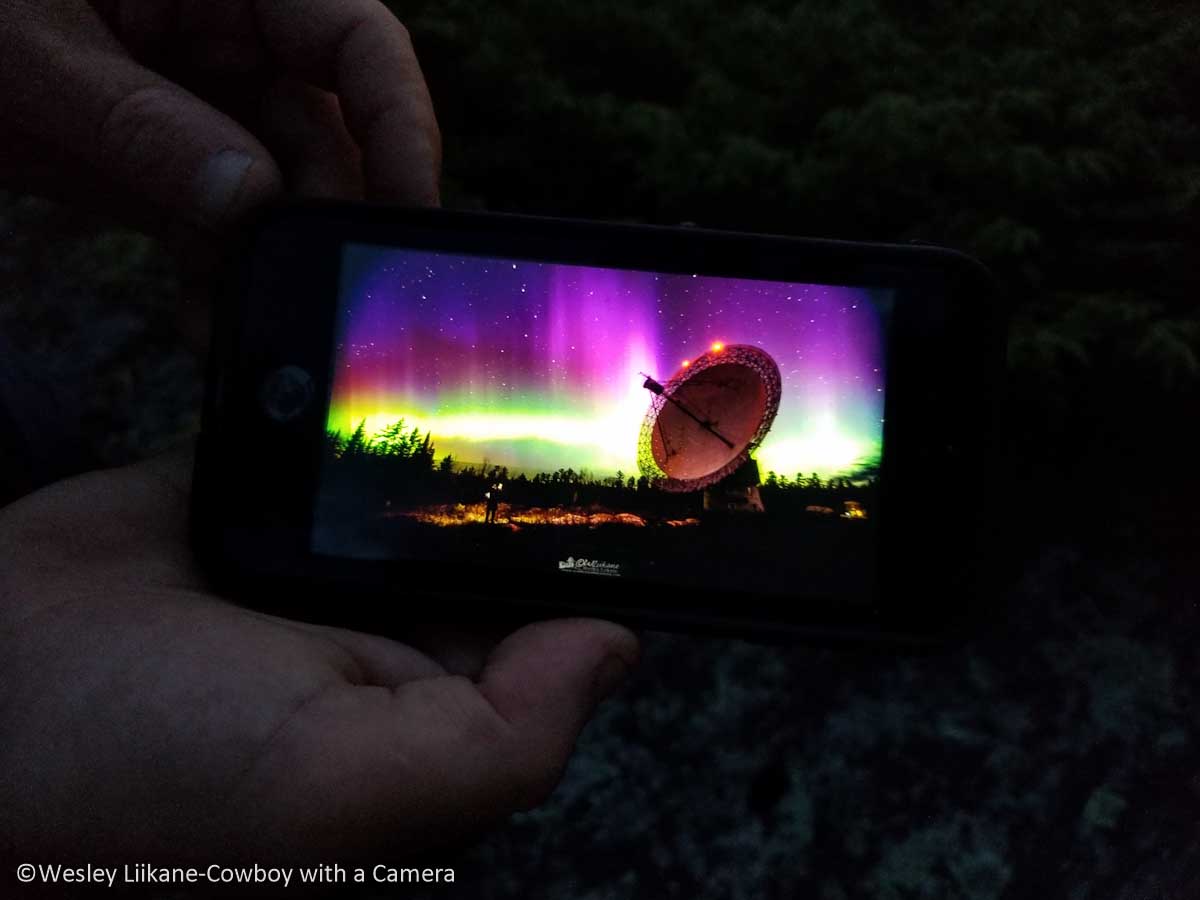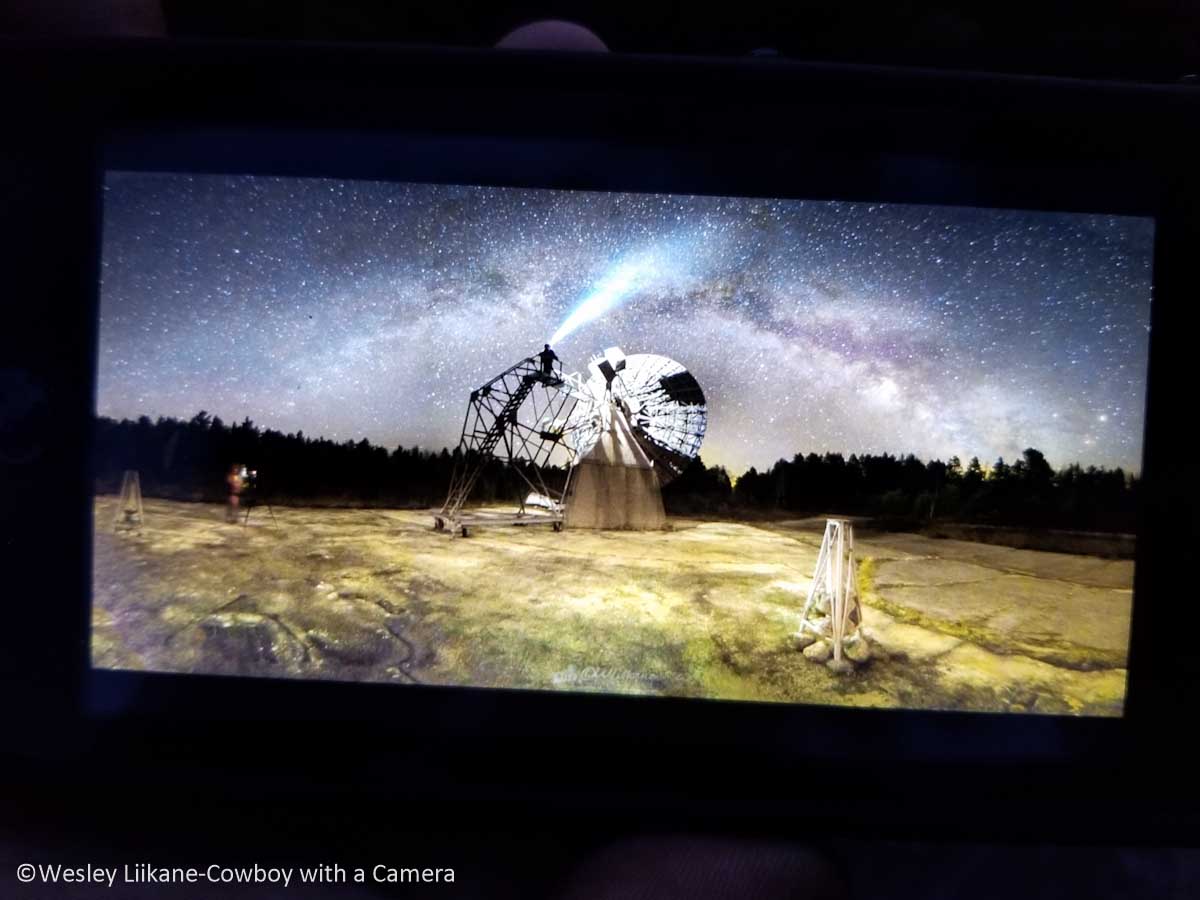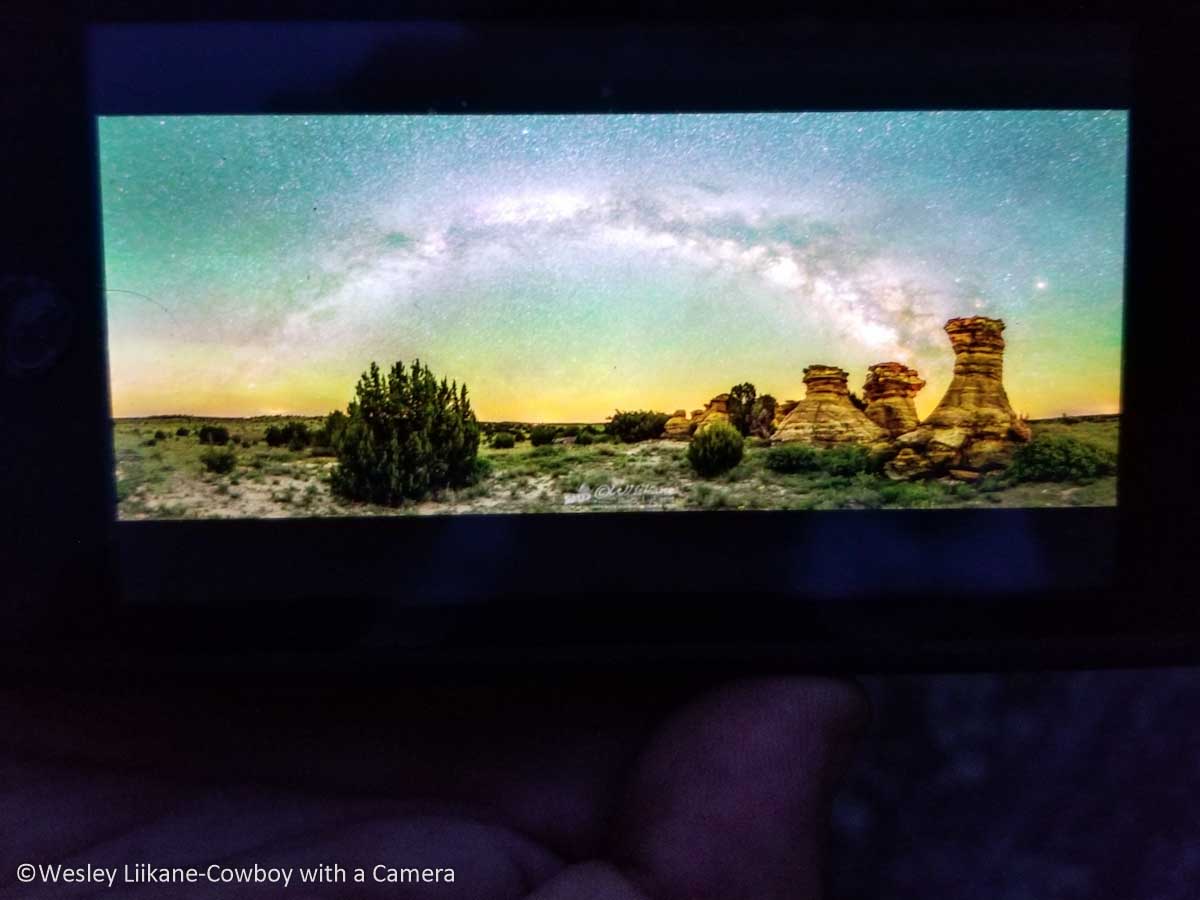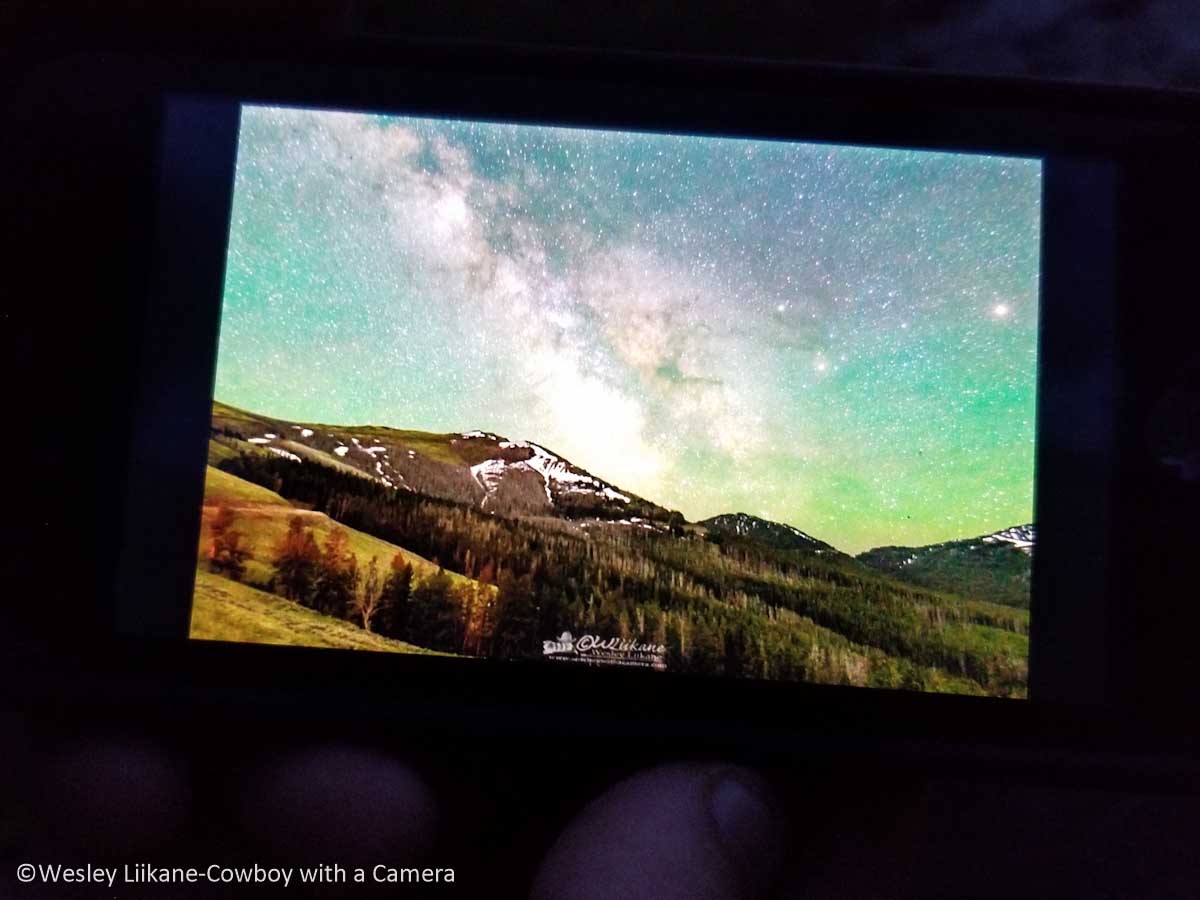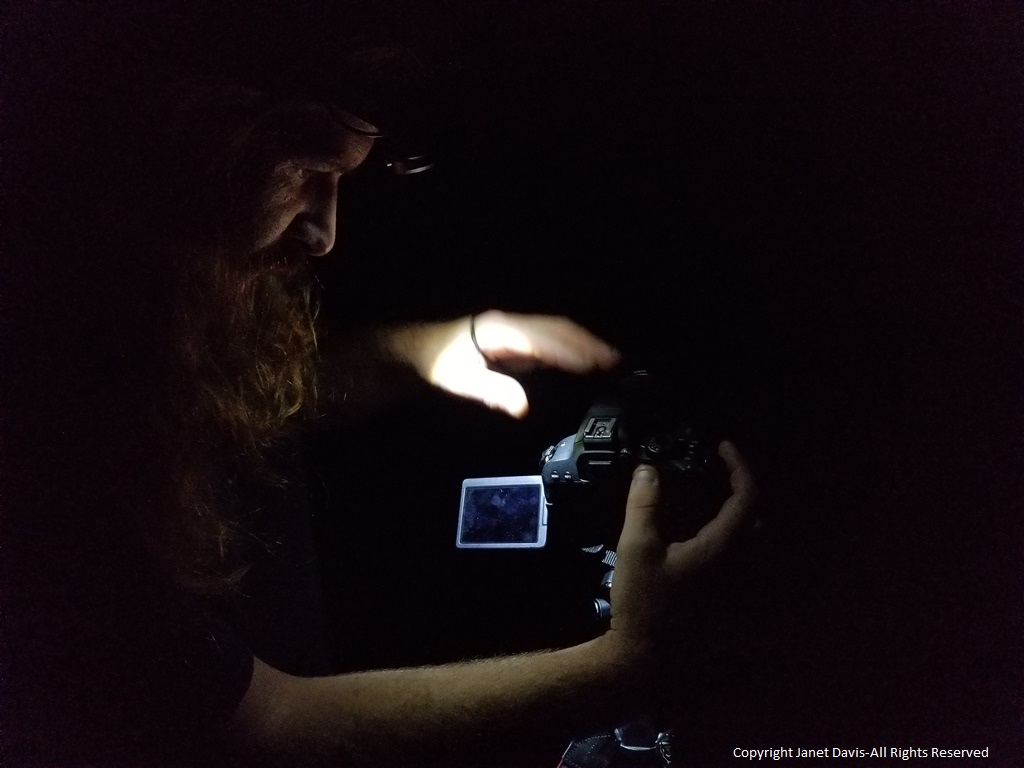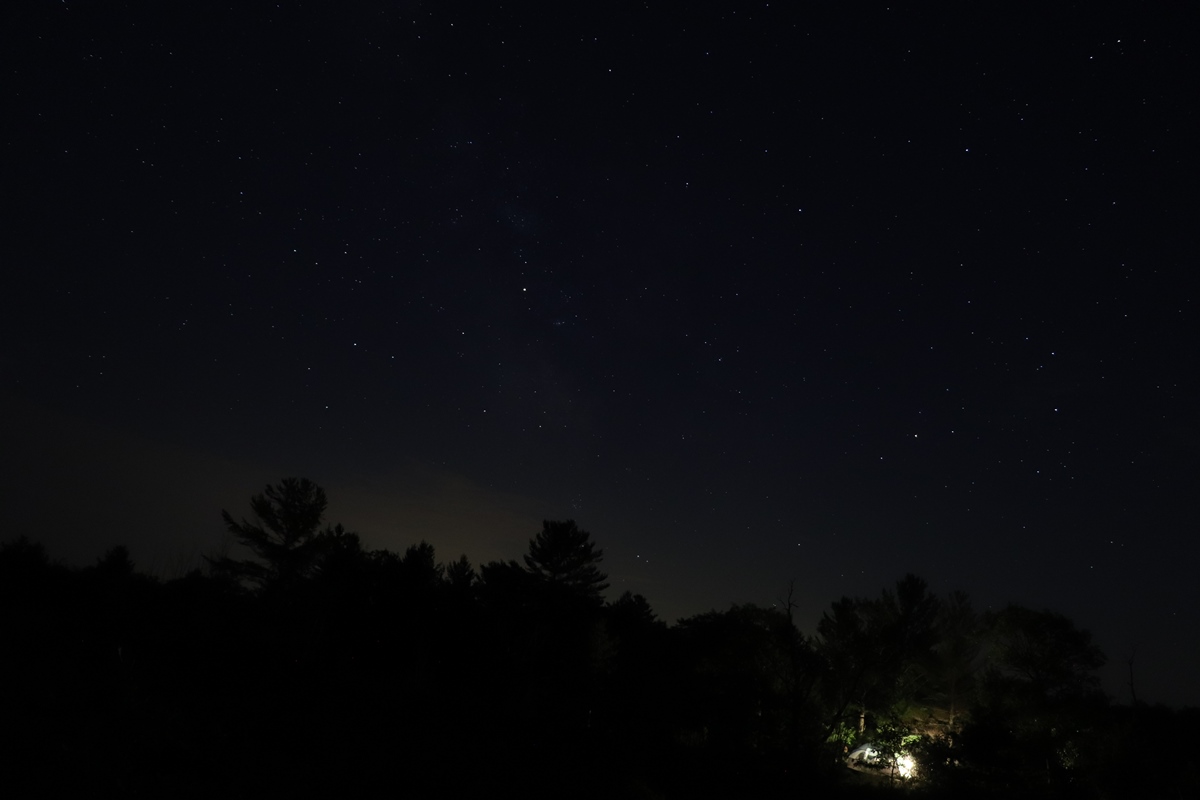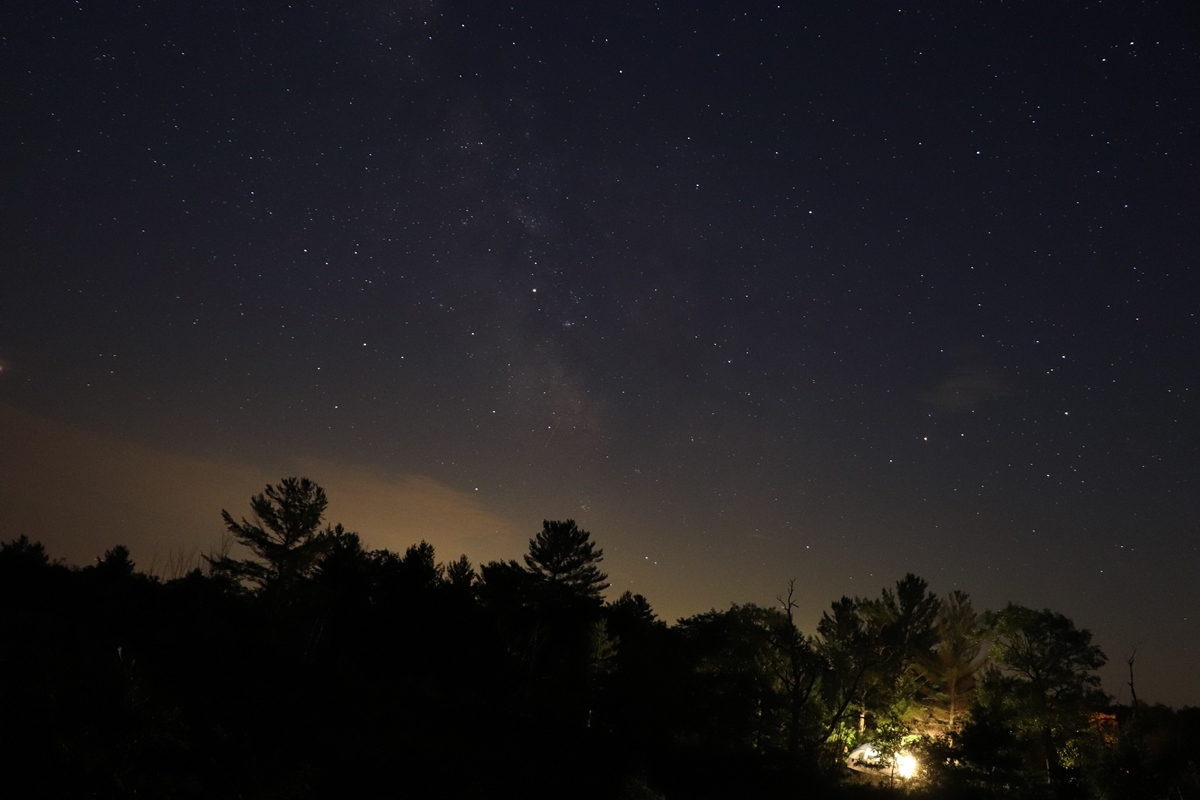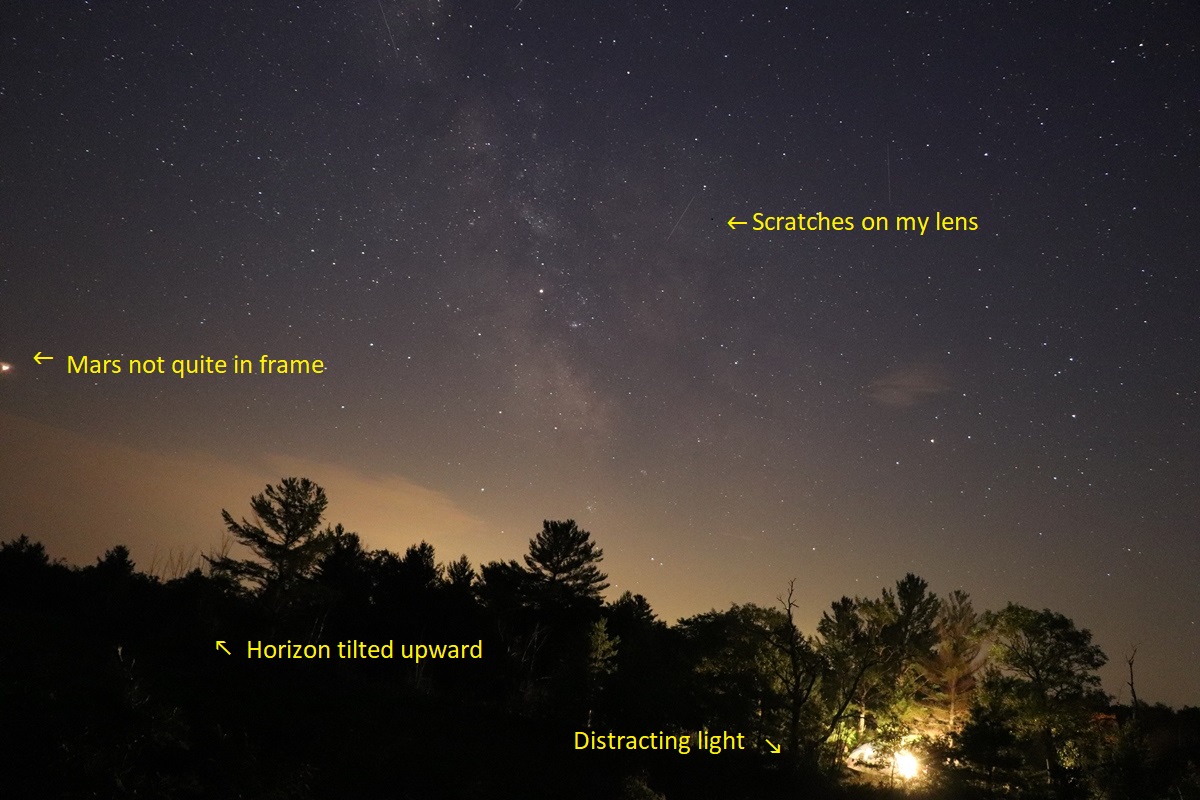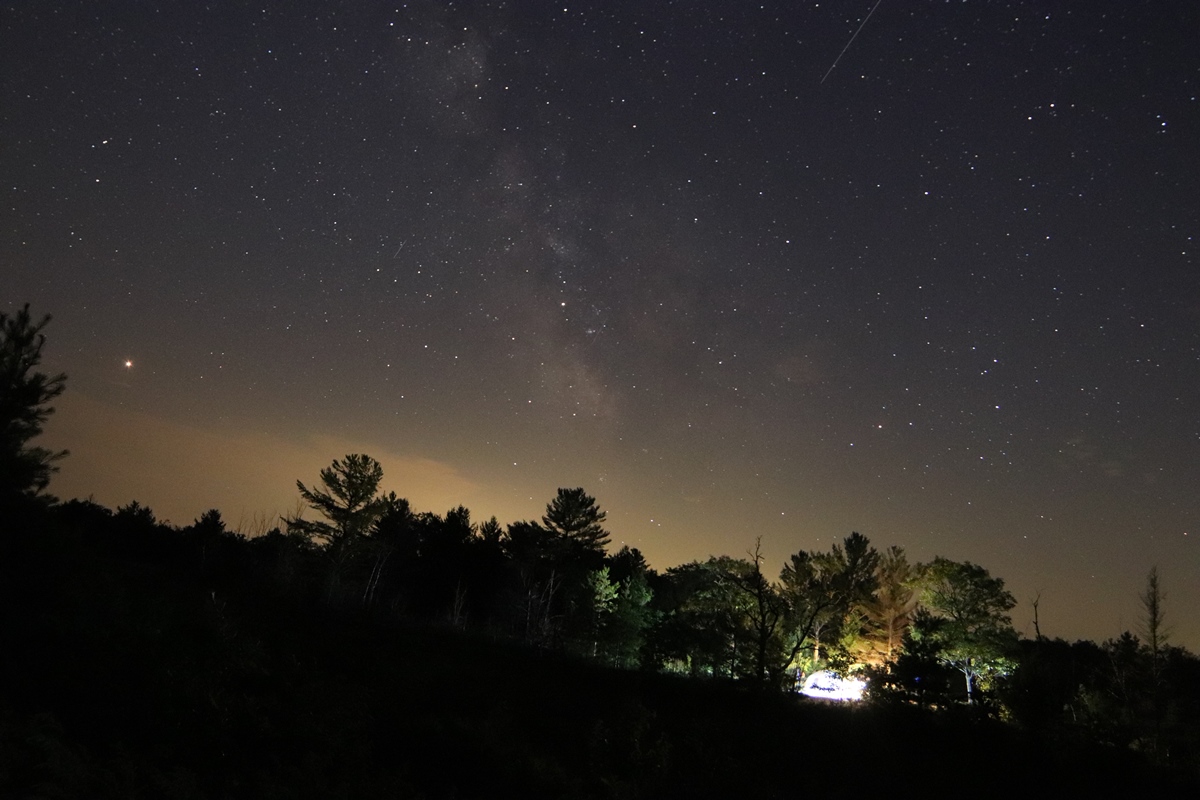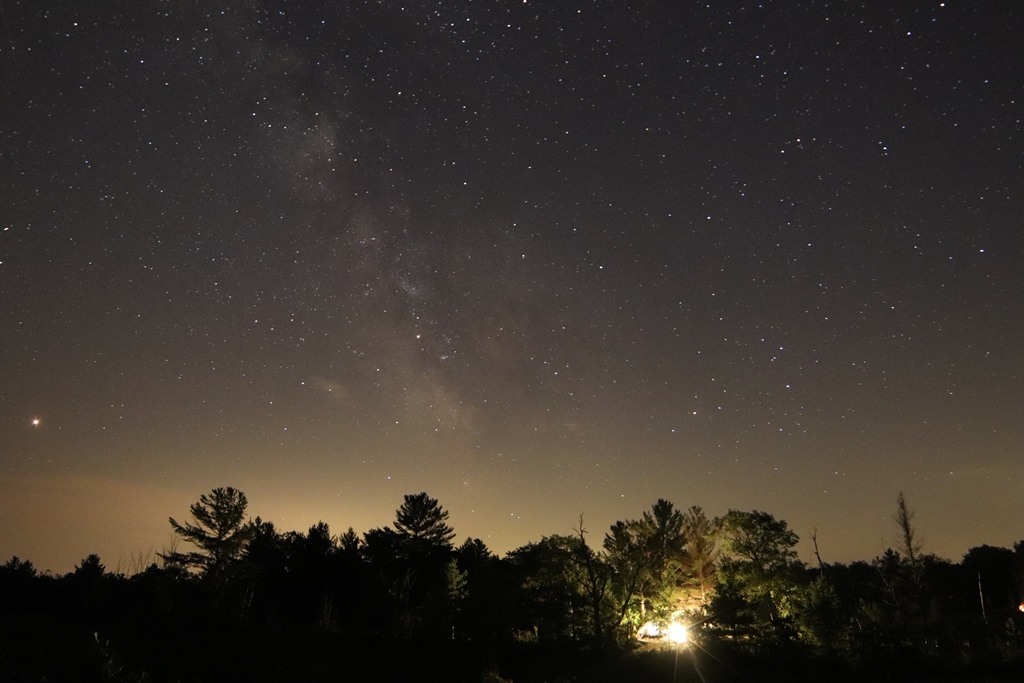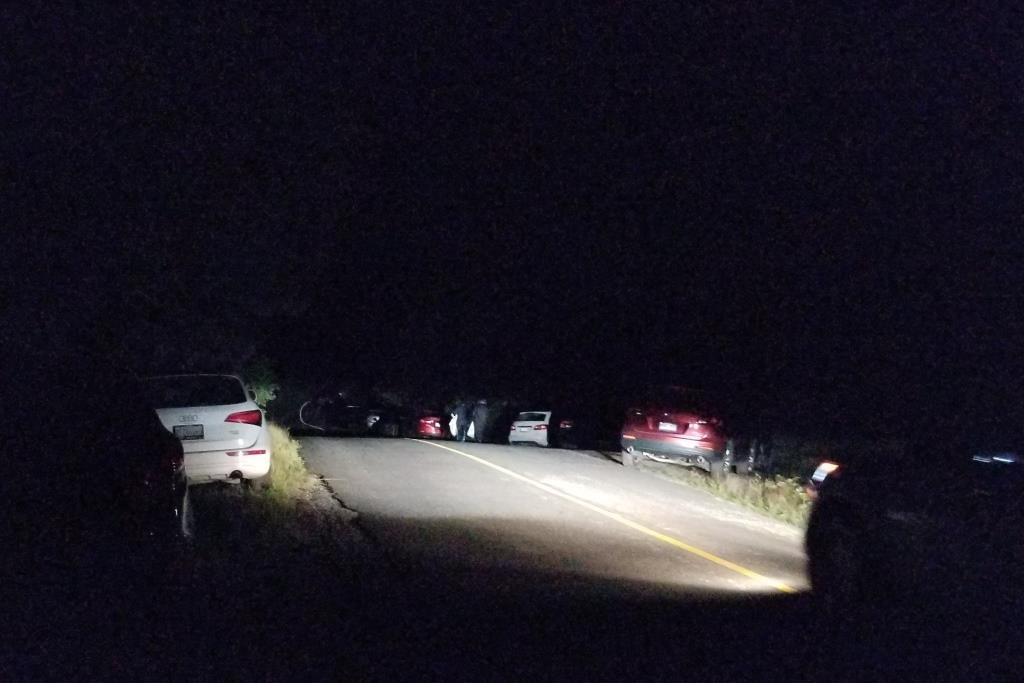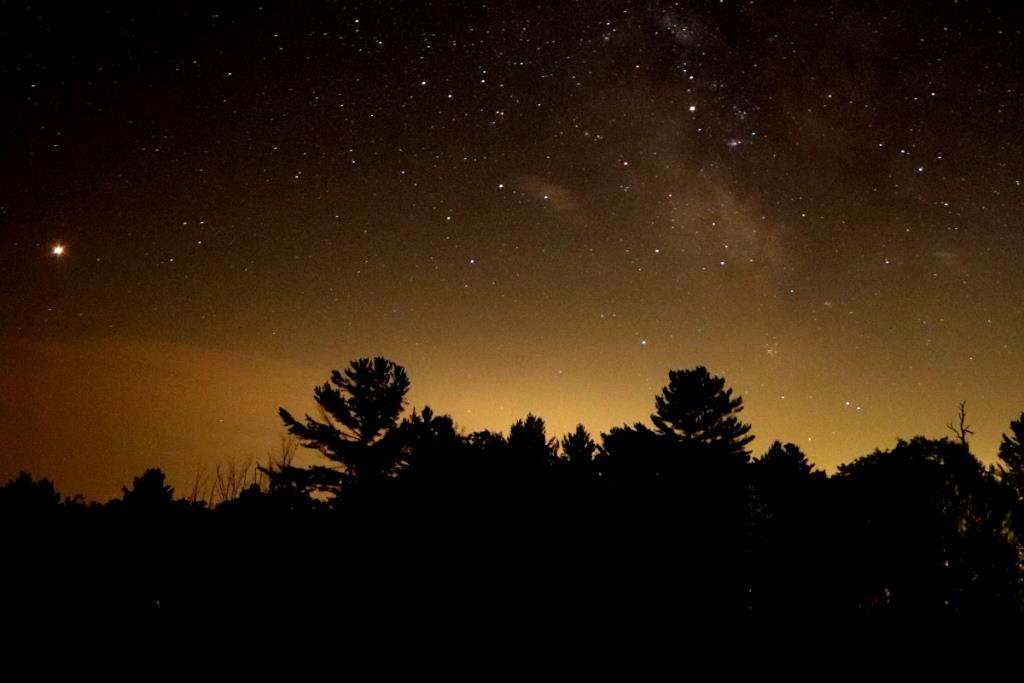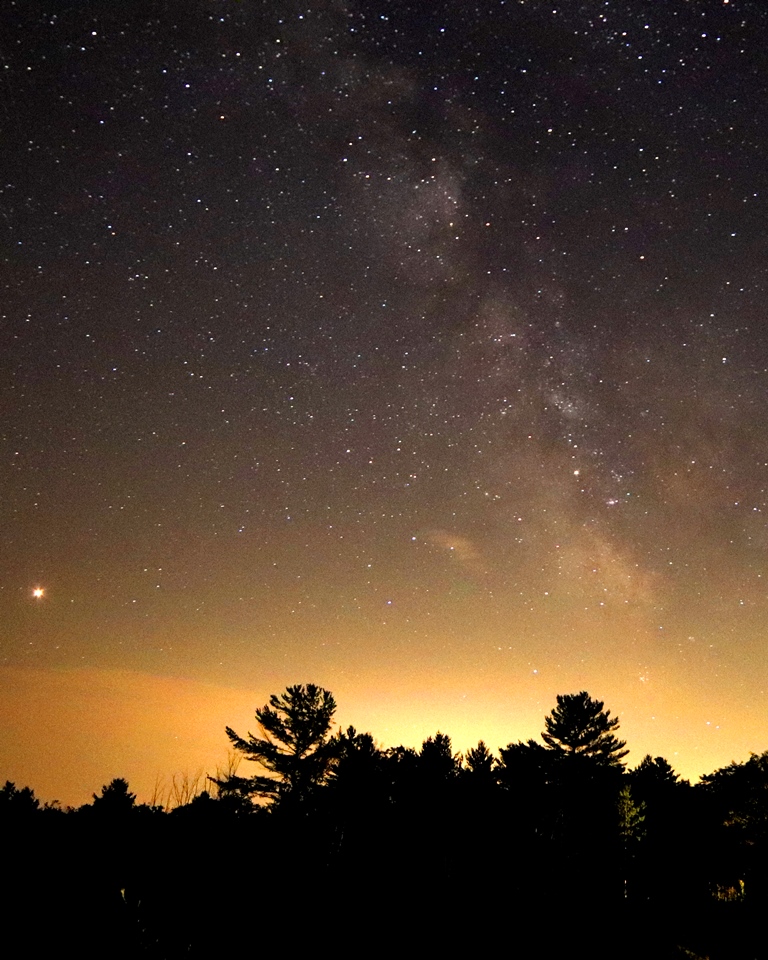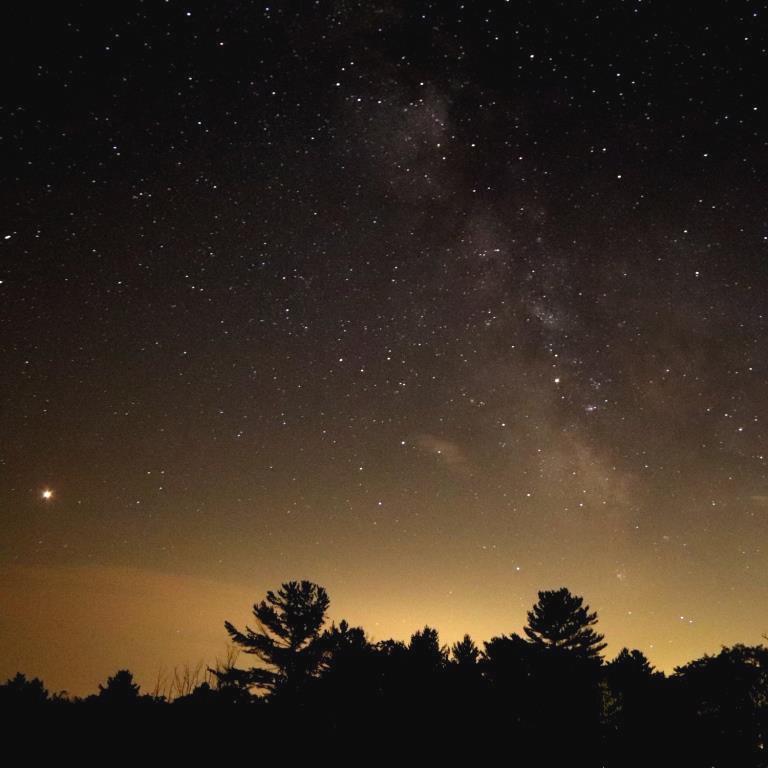I am posting this last (for now) musical blog in #mysongscapes of winter 2020 from my bed at home where my 2-day old bionic knee is being massaged by the ice machine.
I typed that first line last week so I’d have my blog all ready to post, before my eldest son in England convinced me to call the surgeon’s office Monday and cancel my St. Patrick’s day knee replacement, which was booked last autumn. “Why would you subject yourself to elective surgery, plus months of outside physiotherapy, with the increased risk of contagion? This thing is coming to the UK now and it’s coming to you.” So I did cancel my operation – at the same time as my provincial government asked hospitals to cancel non-essential surgeries. My non-bionic knee and I are together for a while longer. Sadly, I don’t have my dramatic first sentence anymore, but that’s perfectly okay.
This year, more than ever, I am so happy that spring is imminent, arriving at precisely 11:49:28 pm Eastern Daylight time tonight. At that moment, i.e. the vernal equinox – from the Latin aequinoctium or “equal night” – we reach the point in our year when earth experiences an equal number of hours of daylight and darkness (though apparently there is a teeny bit more daylight than dark at our latitude because of our atmosphere!) According to Wikipedia, “An equinox is commonly regarded as the instant of time when the plane (extended indefinitely in all directions) of earth‘s equator passes through the center of the sun.” Intriguingly, this is also the earliest vernal equinox in 124 years.
I’m not an early morning person so I don’t photograph many sunrises, but this was a pretty one in Chicago a few years ago. That ball of yellow lighting up Lake Michigan is approximately 4.6 billion years old. The sun is not much older than earth, since our own planet is believed to have accreted 4.5 billion years ago from the solar nebula, i.e. the cloud of dust and gas that orbited the sun after its own formation. It is a fiery ball of hydrogen and helium and though it looks massive to us (according to NASA, if the sun were hollow it would take 1.3 million earths to fill it up), it is a “yellow dwarf” or “G-type main-sequence star”.
The sun is our very own star, the centre of our solar system. It was rising over the savannah, below, when I was on safari in Kenya a few years ago. But our solar system is likely just one of billions of planetary systems in our own galaxy, the Milky Way, though only some 2,500 have been counted so far. And the Hubble explorer telescope has estimated some 100-200 billion galaxies in the universe, full of their own stars and planetary systems. The numbers boggle the mind.
In the southern hemisphere, the March equinox is the beginning of autumn. In the northern hemisphere winter is now officially over, even if it likes to hang around and harass spring with the occasional late snowfall – illustrating why glory-of-the-snow, below, is the perfect common name for Scilla forbesii, formerly Chionodoxa…..
…..and why crocuses have the good sense not to open wide until the snow melts and “that morning sun” shines down on them…..
…. and why Iris ‘Katharine Hodgkin’ (Iris winogradowii x Iris histrioides) is such a wonderful little trooper, given she seems to shrug off the most inclement weather….
…. then goes on to shine with her garden friends, the orange crocuses (C. x luteus ‘Golden Yellow’) a few days later!
In other words, in springtime in Canada, it pays not be the early bird – unless you’re a robin finding nesting material….
…. but wait until the spring sun teases open your shy flowers, like winter aconite (Eranthis hyemalis), below, which exhibits “thermonasty” in the presence of sunshine (i.e. it opens its tepals, which stay closed in cloudy, cool weather).
It has been quite a wild winter, hasn’t it? Not necessarily weather-wise, since we’ve had milder weather this year than many winters, as you can see from my highly unscientific snowdrop almanac below…..
…… but it was a life-altering kind of winter, with cataclysmic global shocks to which most of us are complete strangers. We like to think we are in control of our health. We trust our governments (mostly) to do the right thing. We take our creature comforts for granted. We think we need the company of other people. We engage in dark humour, then feel bad for trying to make light of a dire situation. We worry – about our families, our friends, even people we don’t know who are going through trauma in these times of contagion. Our retirement funds are tanking. We are frightened, but try not to panic. And viruses aside, winter can be hard emotionally, the low light levels, the absence of green and living things, the constant cold. Seasonal affective order literally making us sad or depressed. So the coming of spring this year is more than welcome; it seems like a miracle of normalcy. That daffodils and hellebores will bloom once again….
….. and crocuses will spread their cheer.
The little spring bulbs always inspire me to create tiny bouquets…..
…. which generate an abundance of joy in inverse proportion to their size.
Witch hazels will unfurl their ribbon petals, if they haven’t already….
…. and the oft-unnoticed flowers of willows will attract native bees….
…. as will the intricate flowers of red maple (Acer rubrum).
Have you ever looked closely at maple flowers? They are tiny miracles of complexity. This is silver maple (Acer saccharinum).
It pays to peer closely at the little blossoms of cornelian cherry (Cornus mas) as they open. Aren’t they beautiful?
It doesn’t matter how many times I photograph ‘Leonard Messel’ magnolia (M. x loebneri); I am always bewitched by its grace and beauty.
Brassy forsythia isn’t on everyone’s favourite list for spring, and it’s easy to see why. But this enchanting combination of pale-yellow weeping forsythia (Forsythia suspensa) and Siberian squill (Scilla sibirica) at Toronto’s Spadina House always intrigues me. There’s just something about yellow and blue in springtime.
As the sun strengthens, buds will burst open on the trees, like this velvety parcel of shagbark hickory flowers (Carya ovata)….
…. and this exuberant explosion of flowers and leaves on Manchurian maple (Acer tegmentosum).
Leaves, of course, are the most important partners of our sun. It is leaves like the white oak leaves, below, that harvest the energy of the sun during photosynthesis…..
……absorbing carbon dioxide through the stomata and water from the roots to synthesize carbohydrates for the tree while releasing as a waste product the oxygen that permits the existence of life on earth. It is much more complicated than that, of course, with light cycles and dark cycles, but in essence this is the power of green leaves and that morning sun.
So as winter ends and spring begins, I’d like to offer a toast to the sun that will greet us tomorrow morning and every morning after that. Our constant star. And, of course, I have a song for that!
*********
The last song of #mysongscapes is one I heard for the first time only last year, by an artist I didn’t know at all before then. Melody Gardot has quite a story herself, one that makes coronavirus look manageable. She started music lessons at the age of nine. By16 she was playing piano in Philadelphia bars on the weekends: the Mamas and the Papas, Radiohead, Duke Ellington. In 2004 at the age of 19, she was studying fashion when she was struck on her bike by an SUV making an illegal turn. She sustained a serious head injury as well as spinal and pelvic injuries. At first she couldn’t talk or move and suffered from memory loss. In a hospital bed for a year, she had to re-learn simple tasks. It would take her three years to speak properly.
Music was the primary tool in helping her recover. As she said in an interview with The Brisbane Times: “Music is one of the only things that helps to reconnect neural pathways in our brain: listening, performing, singing, making a verbal attempt to sing along or hum. In my case this was why it was pointed out to me. First because I had some experience as a young person playing piano bars and so it was an innate ability but furthermore because of its ability to really help me progress when no other progress can be made.” Eventually, after much else failed, her doctor encouraged her to work with music so she began to hum, then sing into a tape recorder, then write her own jazz-inflected songs. She learned to play guitar lying on her back. Within a few years, her songs were being played on the radio in Philadelphia. She released an EP that met with success and was signed to a record label. She began touring, using a cane and wearing dark glasses to combat the acute sensitivity to light caused by the brain injury. In 2017, she moved to Paris. In the jazz world, she’s an enigmatic superstar.
In other words, Melody Gardot has seen the worst adversity life can deal and met it head on. Her song, the last in the #mysongscapes series of blogs, offers us that most elemental of comforts: optimism. That the sun will come out again in our hearts; that it will bathe us in its warmth; that it will be our light at the end of our tunnel. Spring is here, and that morning sun has come to greet us. Let me tell you, honey child.
THAT MORNING SUN (Melody Gardot, 2015)
There little babe, don’t you cry
We got that sunny morning waitin’ on us now
There’s a light at the end of the tunnel
We can be worry-free
Just take it from me
Honey child
Let me tell you now, child
That morning sun is here to greet us
With her loving light so warm
That morning sun is here to meet us
Waitin’ on the wakin’ up of everyone
She ain’t gonna quit ’till you’re smiling now
Lemme tell you, child
Lemme tell you, honey child
That morning sun
Has come to greet ya
She’s peekin’ round the corner
Just a-waitin’ just to meet ya
Shinin’ down on all your troubles
Lemme tell ya, child
Lemme tell ya, honey child
‘Cause this world was made for dreamin’
This world was made for you
This world made for believin’
In all the things you’re gonna do
Now, honey child
Lemme tell ya now, child
‘Cause this world was made for dreamin’
This world was made for you
This world made for believin’
In all the things you’re gonna do
Now, honey child
Lemme tell ya now, child
Ah, honey child,
Lemme tell ya, child
Ah… honey child
Lemme tell ya, child
************
This is the 21st and final blog in #mysongscapes series of winter 2020 that combine music I love with my photography. If you enjoyed reading it as much as I enjoyed writing it, have a look at the others. And please leave a comment if you enjoyed any of them. I haven’t run out of songs, though, so I may throw in the odd new one over the months and seasons to come.
- Joni Mitchell’s ‘Night in the City’;
- Paul Simon’s ‘Kodachrome’ and my life in photography;
- Vietnam and Songs of Protest;
- Galway Bay and memories of my grandfather and Ireland;
- Simon and Garfunkel’s Parsley, Sage, Rosemary and Thyme;
- The John Denver lullaby I sang to my first grandchild, Today While the Blossoms Still Cling to the Vine.
- Gordon Lightfoot for a Snow Day
- Madame George by Van Morrison – my favourite song in the world
- Brown Eyed Girl(s) – Van Morrison’s classic and my black-eyed susans
- Raindrops – on flowers and in my gardens
- Miss Rumphius and the Lupines
- Bring me Little Water – on water in the garden
- Amsterdam… Spring Sunshine – a Dutch travelogue and a brilliant Broadway play
- Both Sides Now – a reflection on clouds and Joni Mitchell
- Crimson & Clover and Other Legumes – a love letter to the pea family, Fabaceae
- Mexico – James Taylor serenades in my travelogue of a decade of trips to Mexico
- Crystal Blue Persuasion – blue flowers in the garden
- My Bonny – remembering the late Laura Smith (and my dad)
- Up on the Roof – a Carole King love-in and a lot of green roofs
- Singing Malaika in the Serengeti


